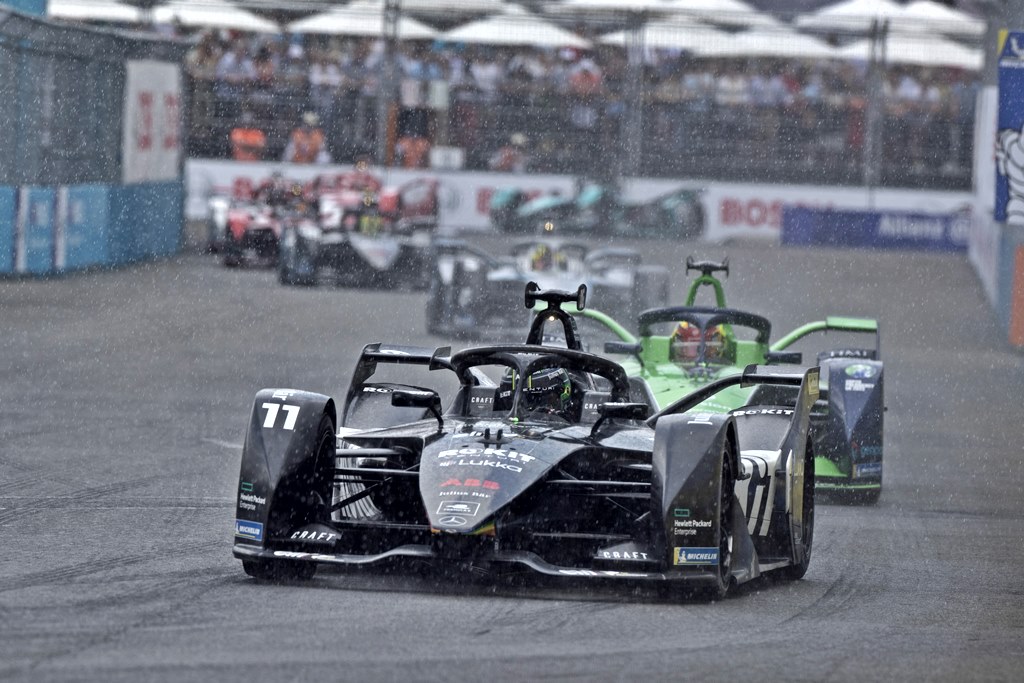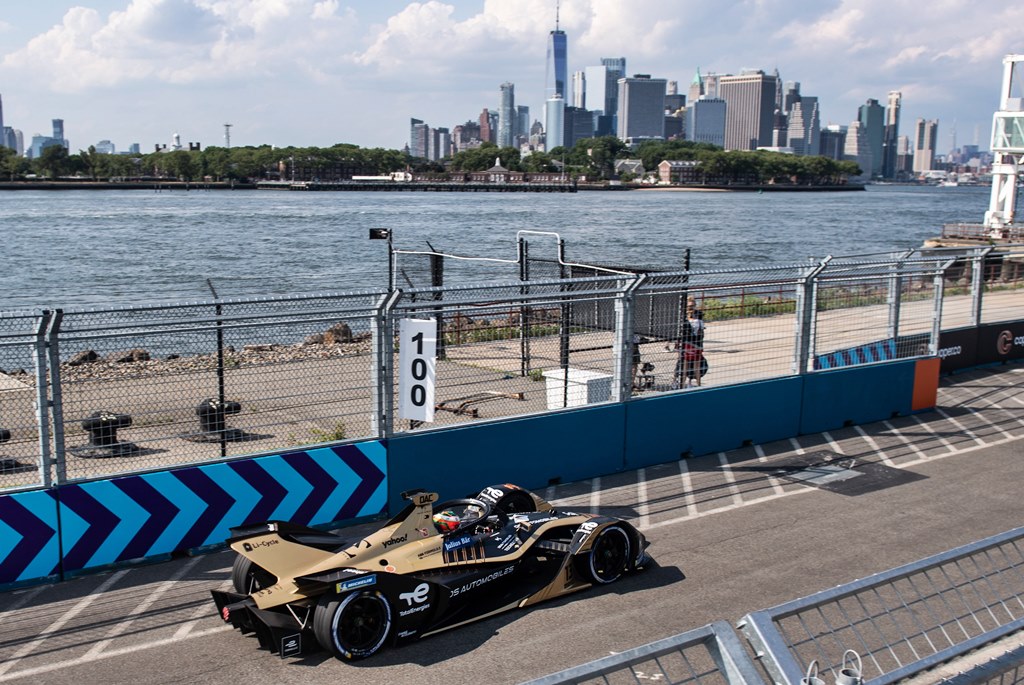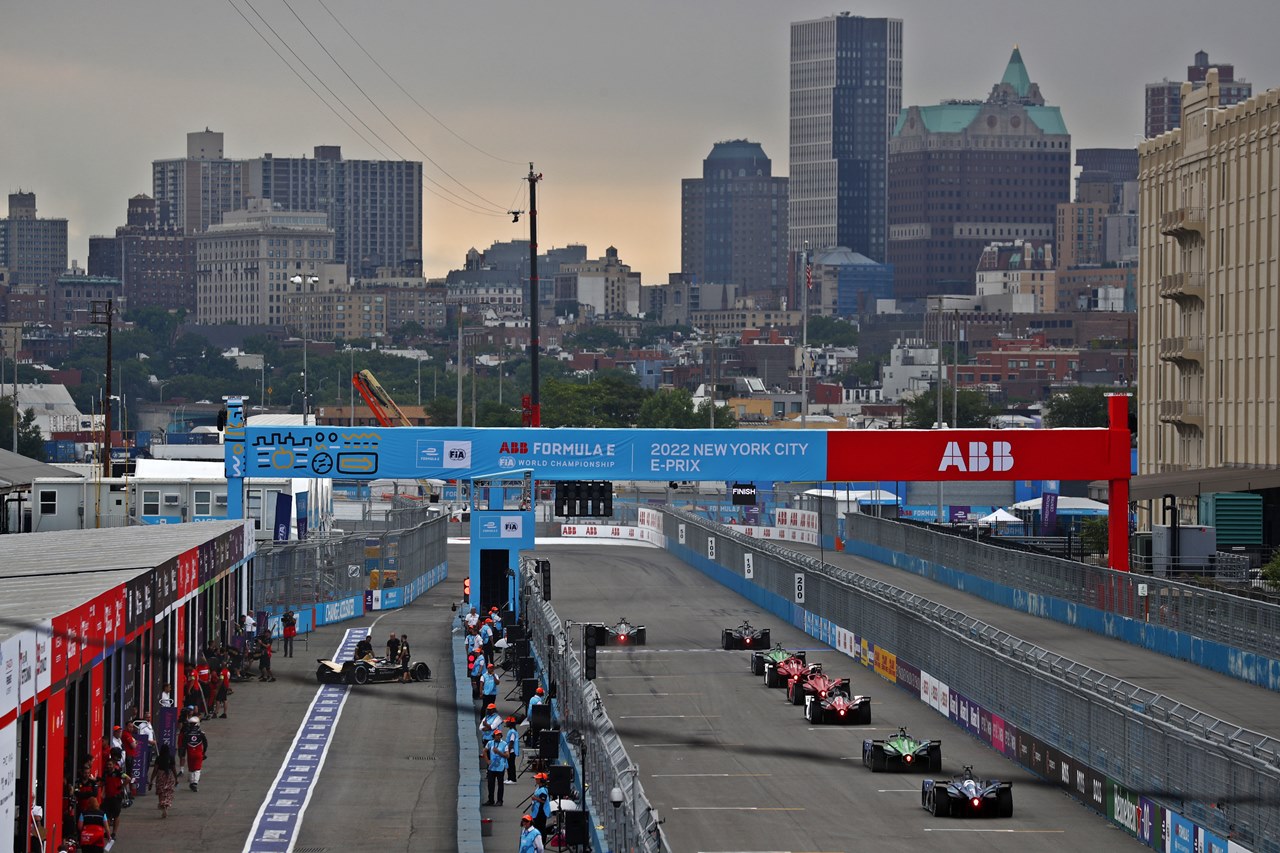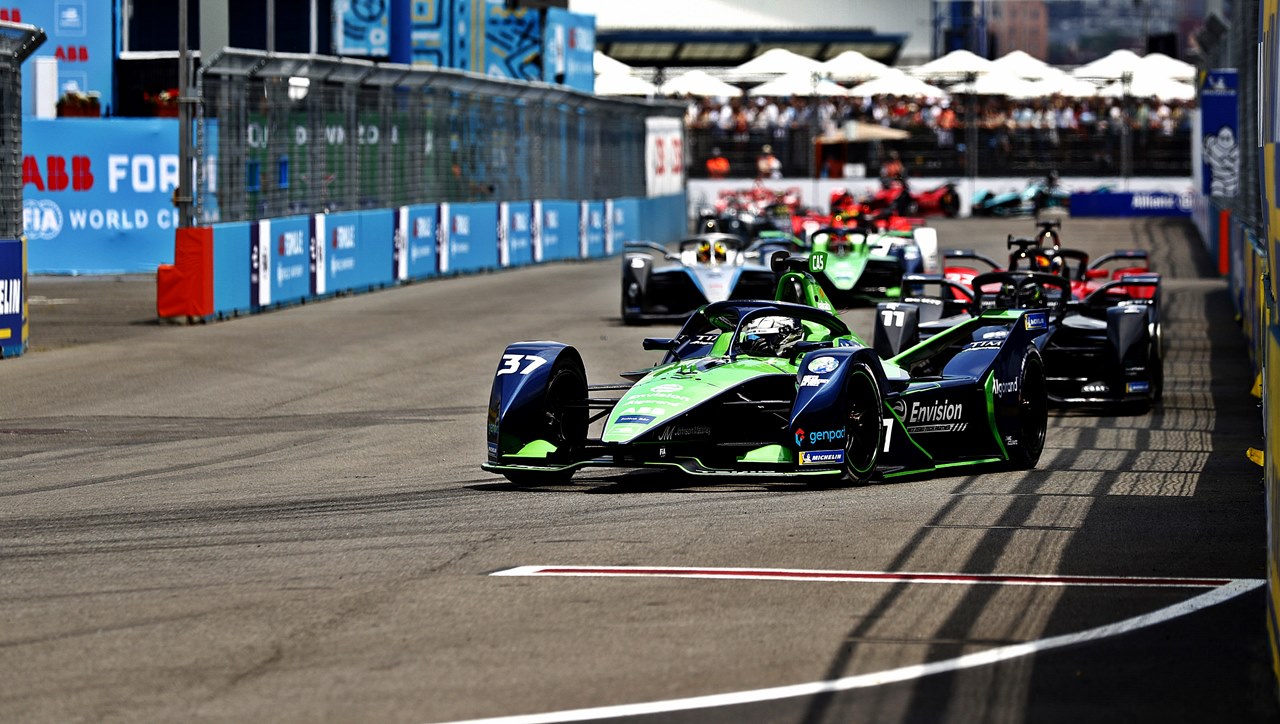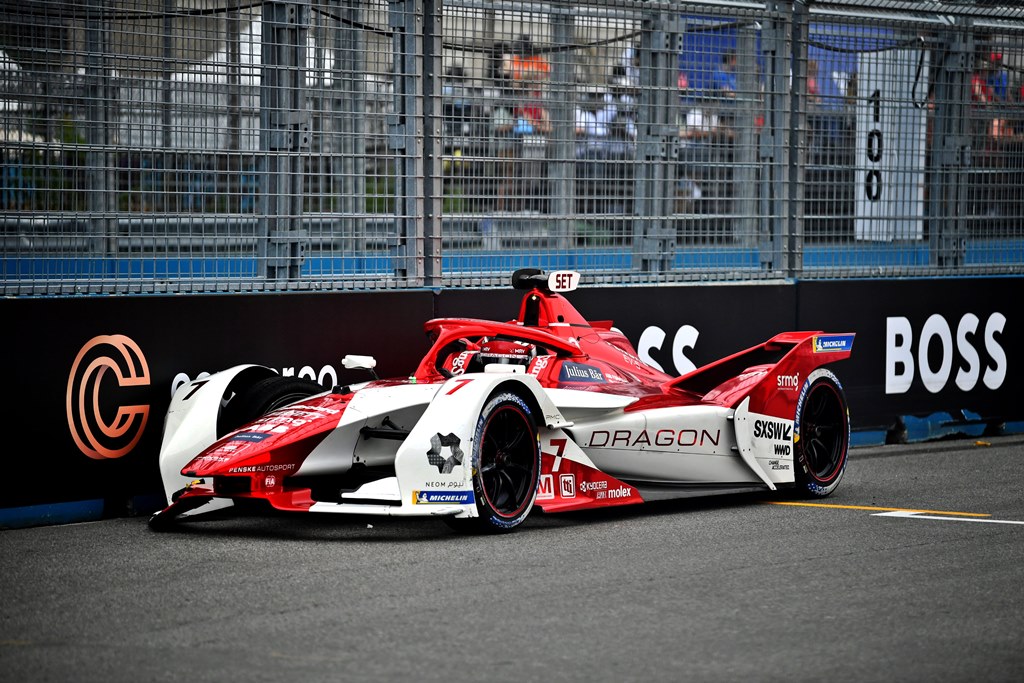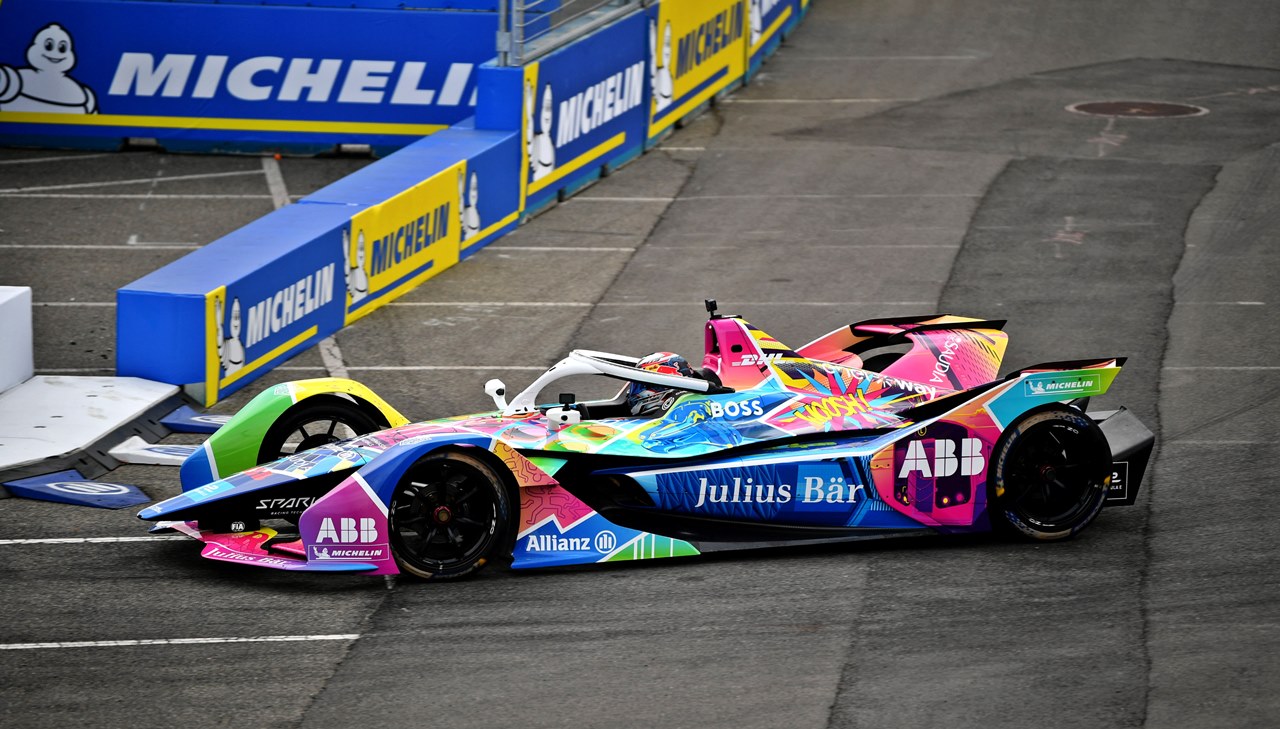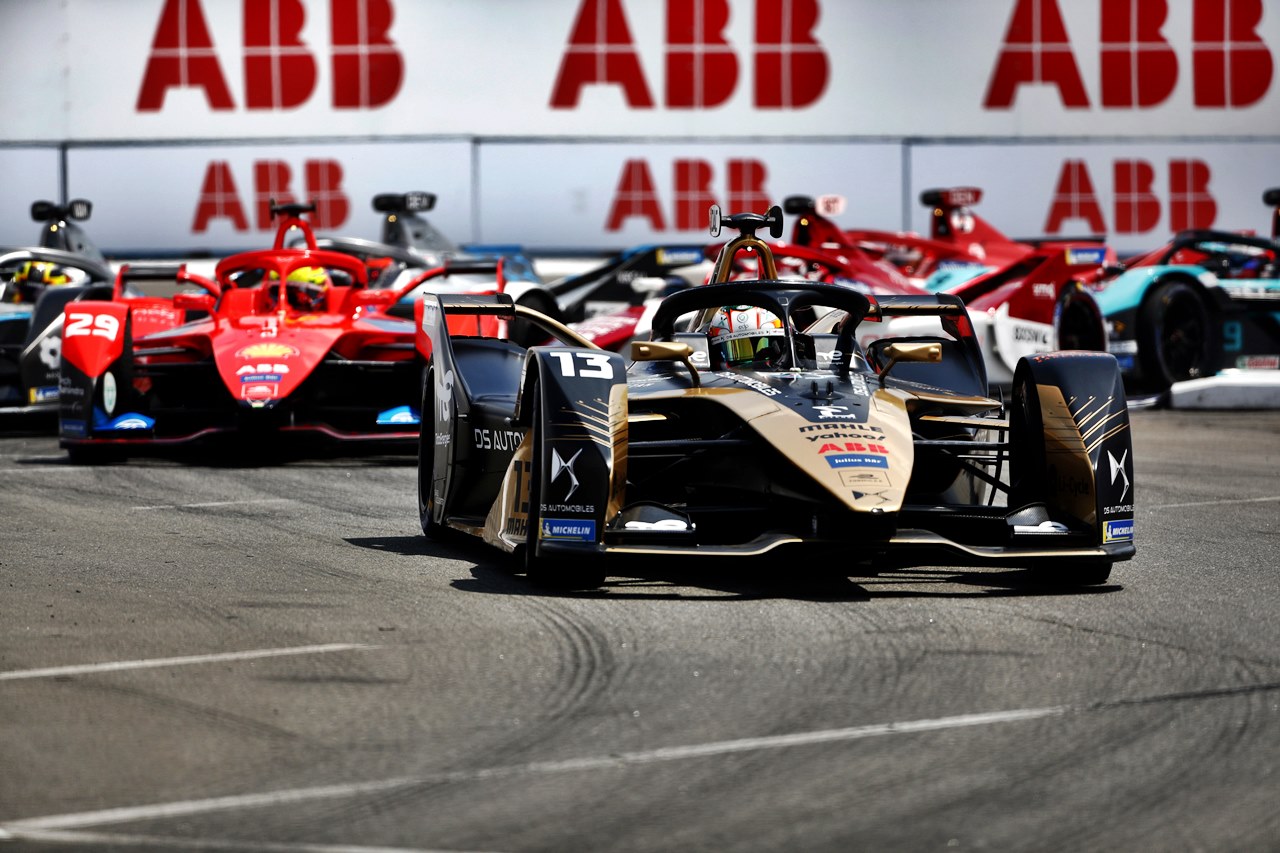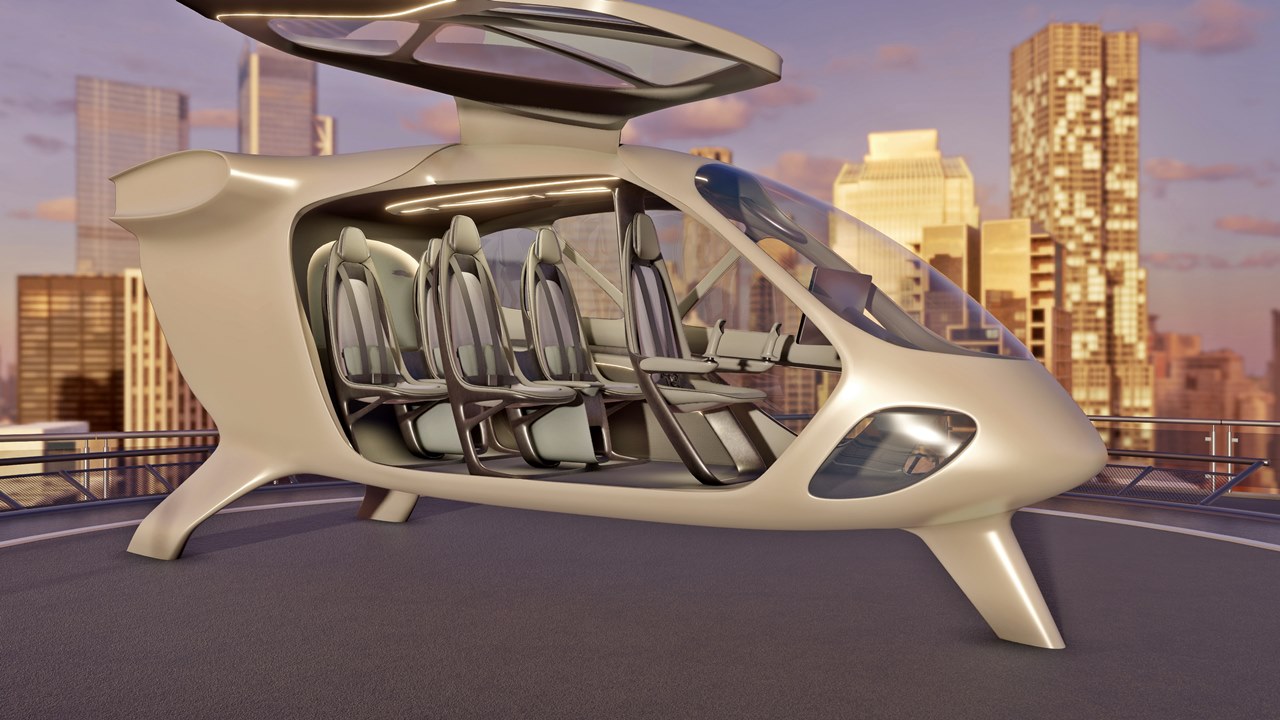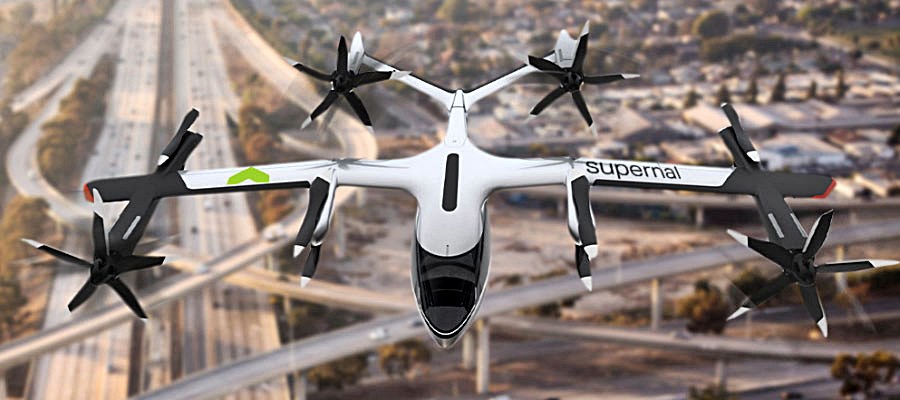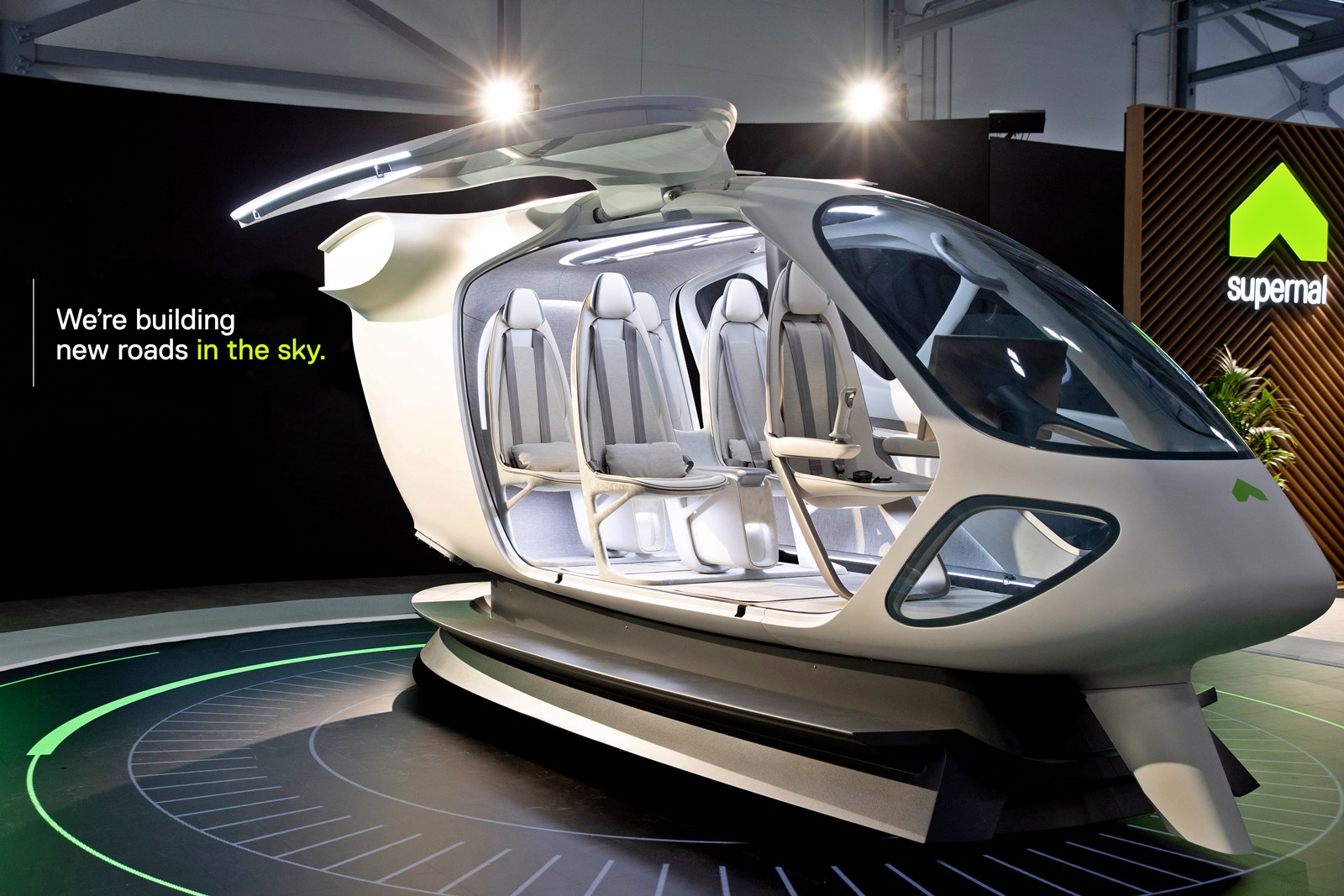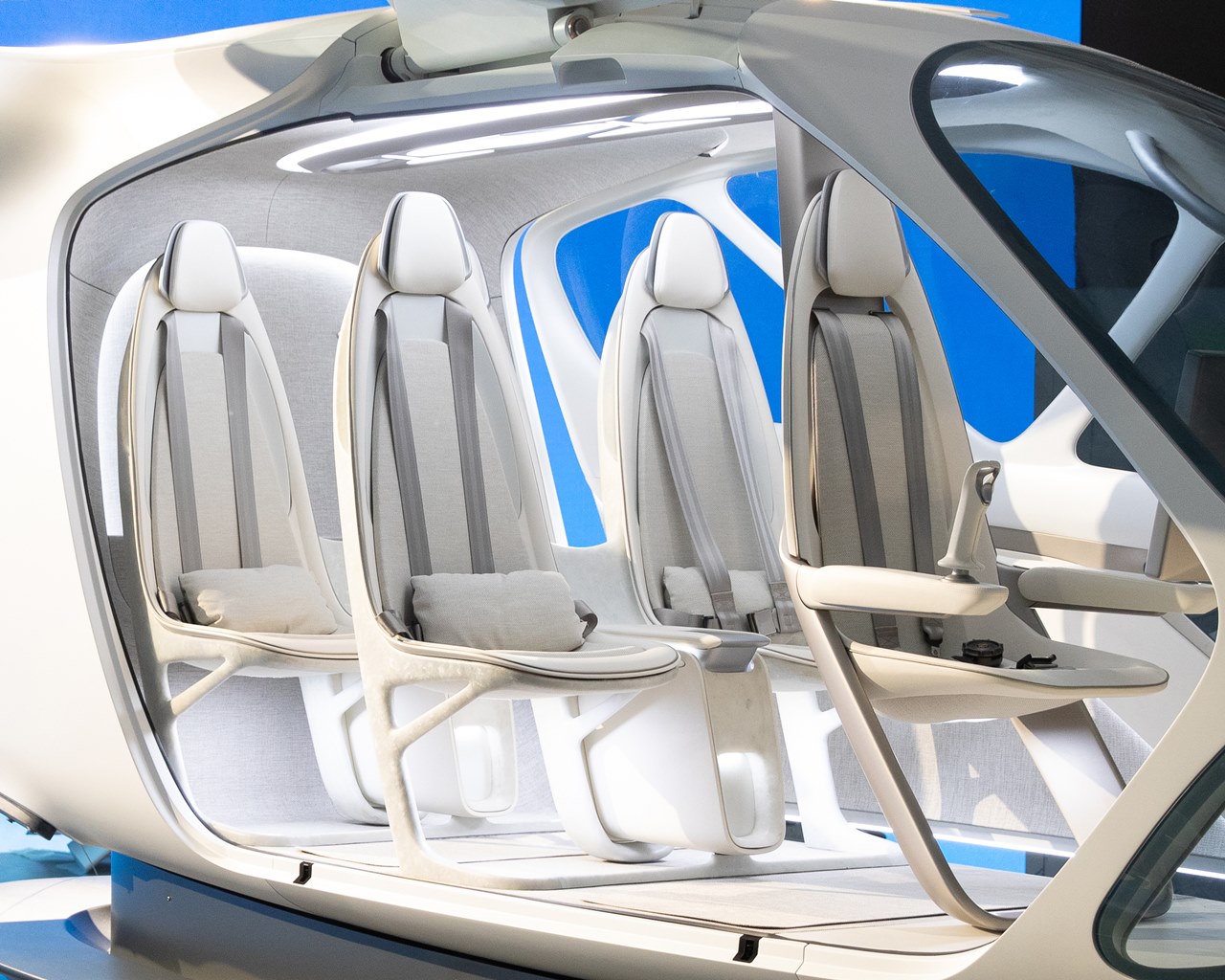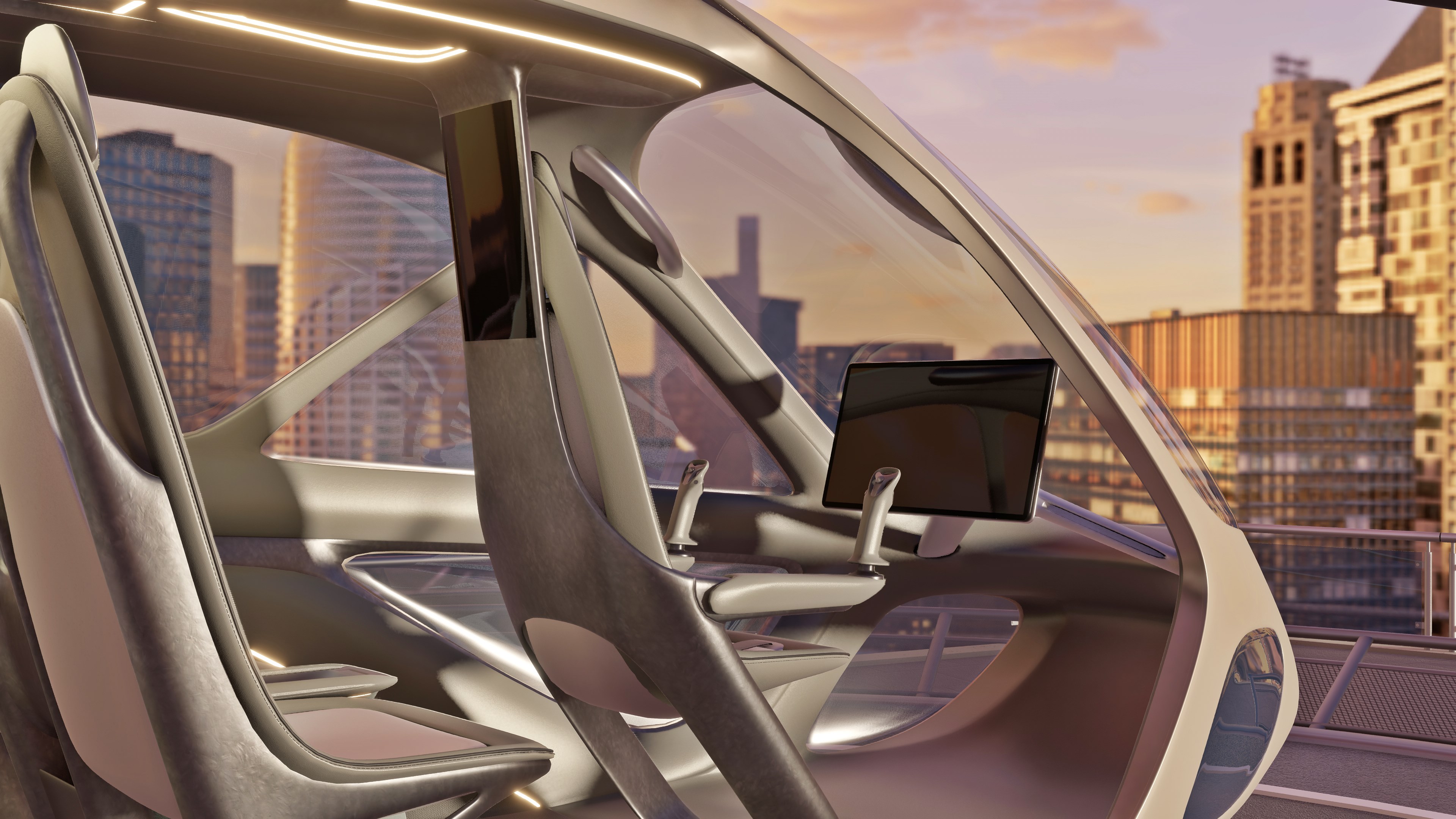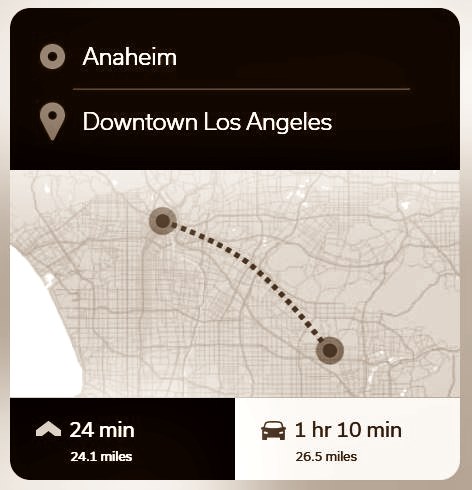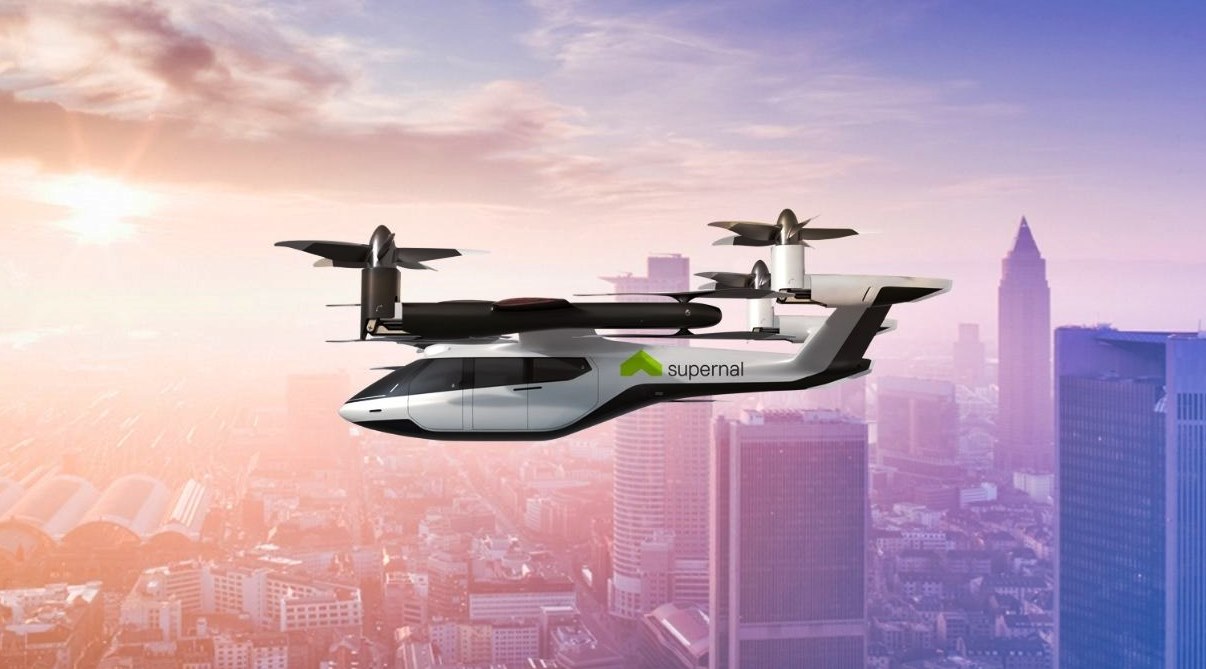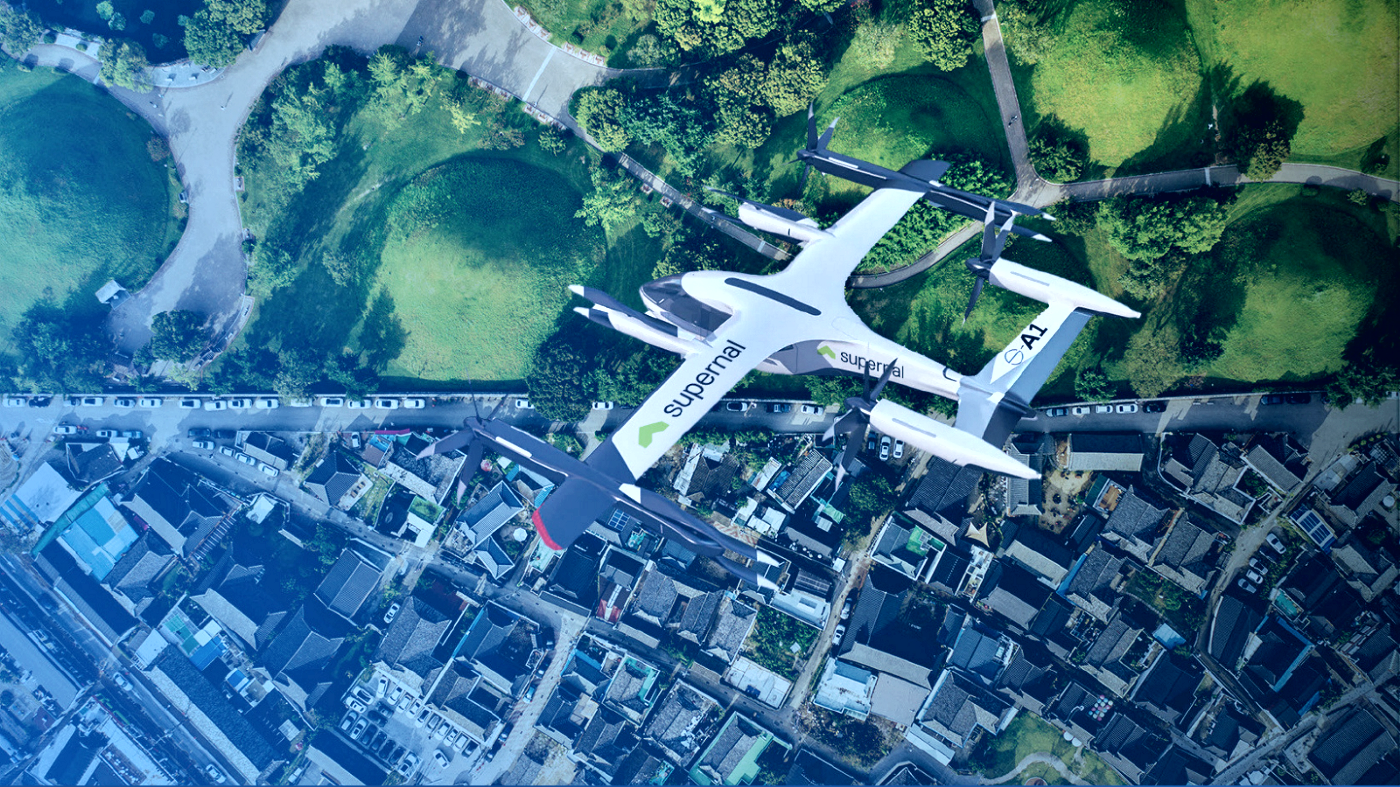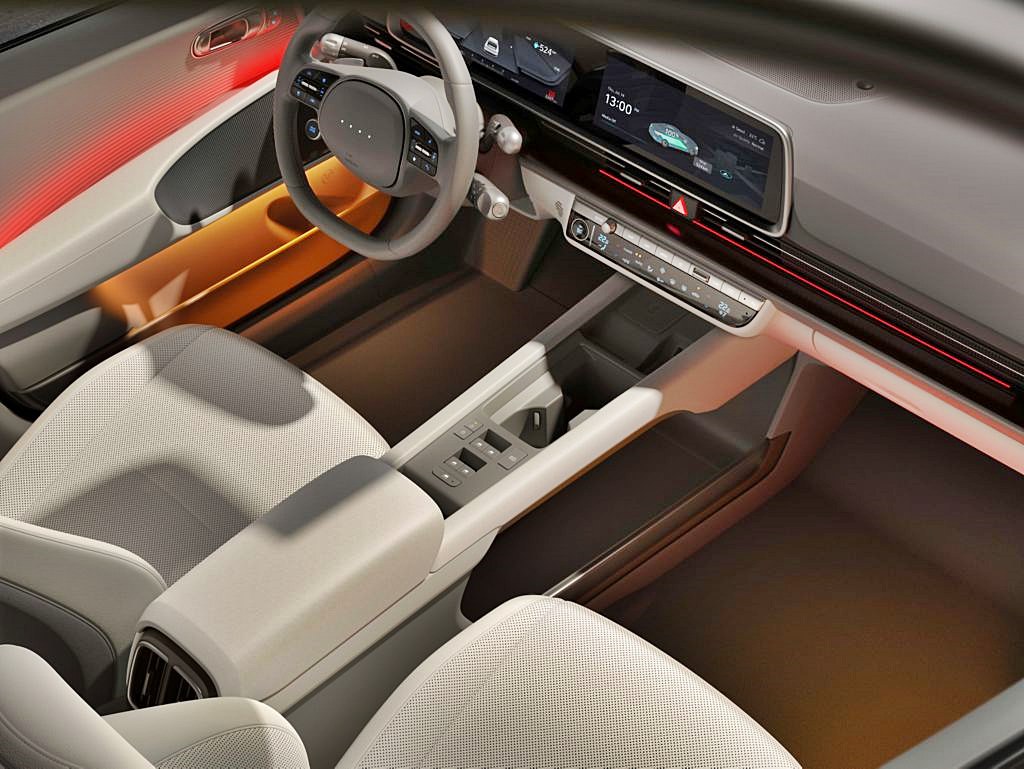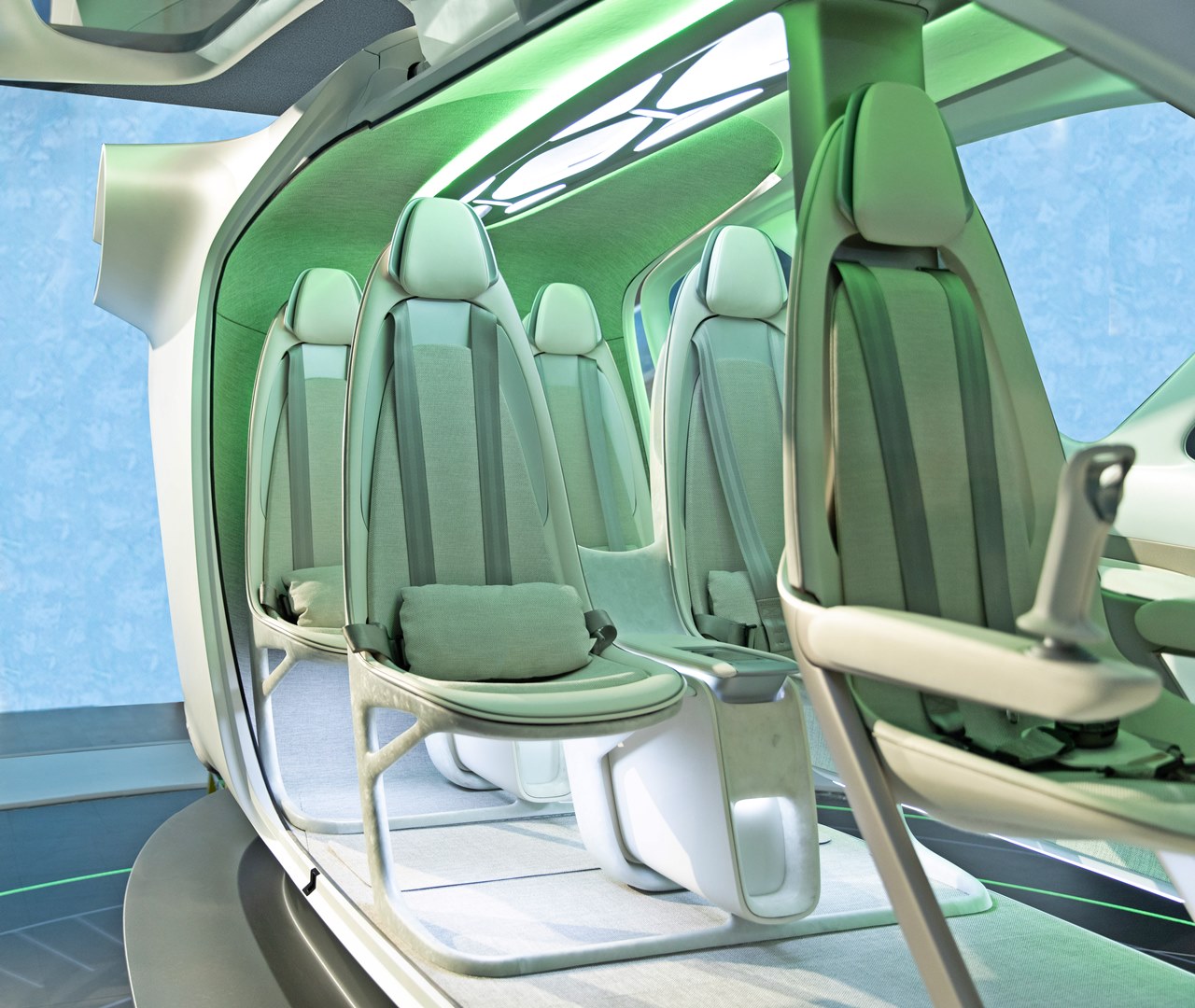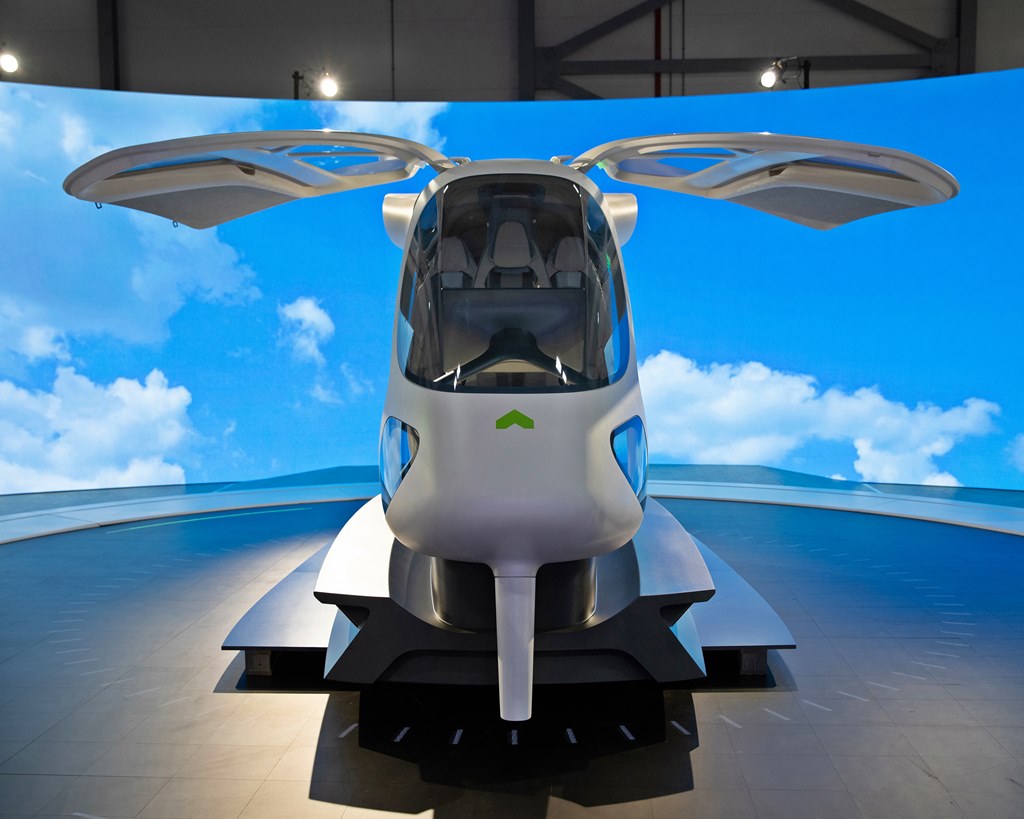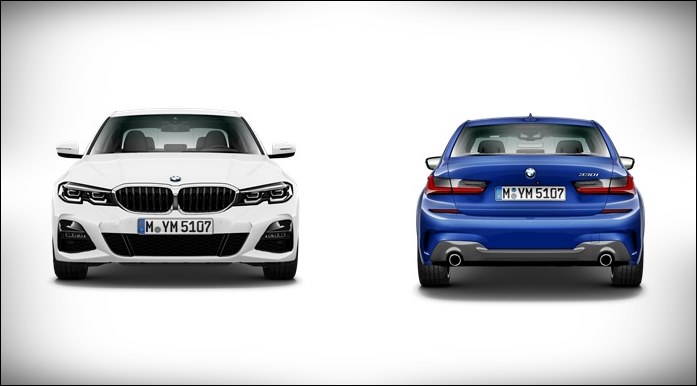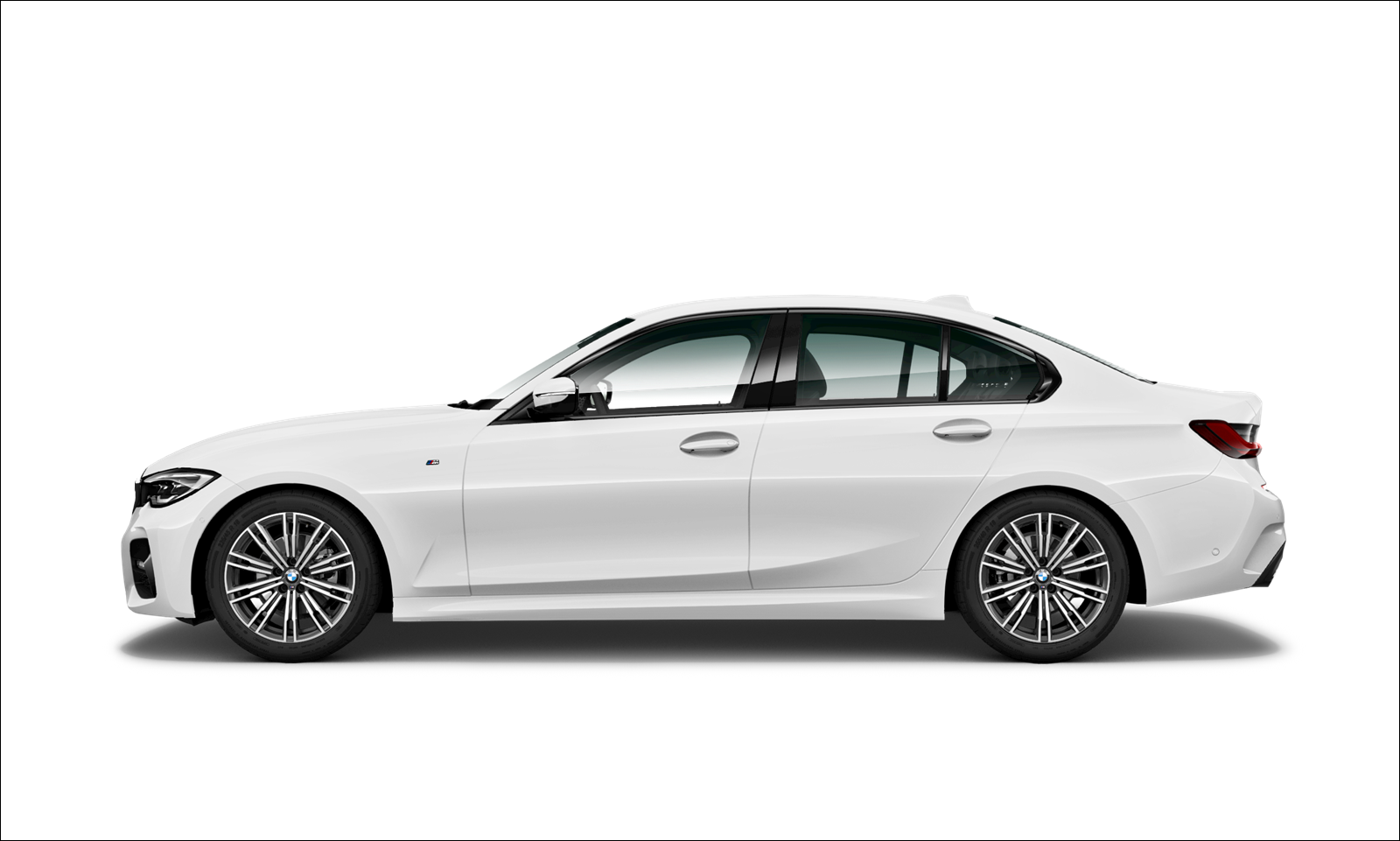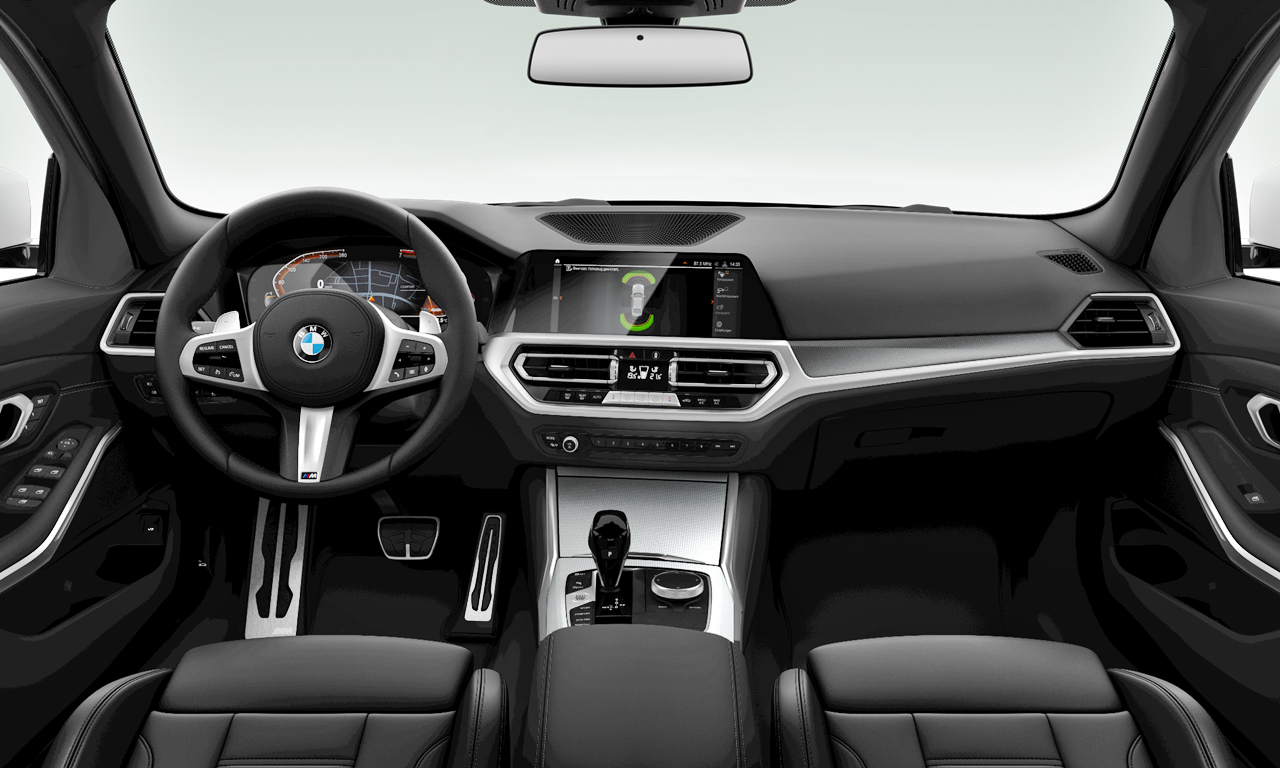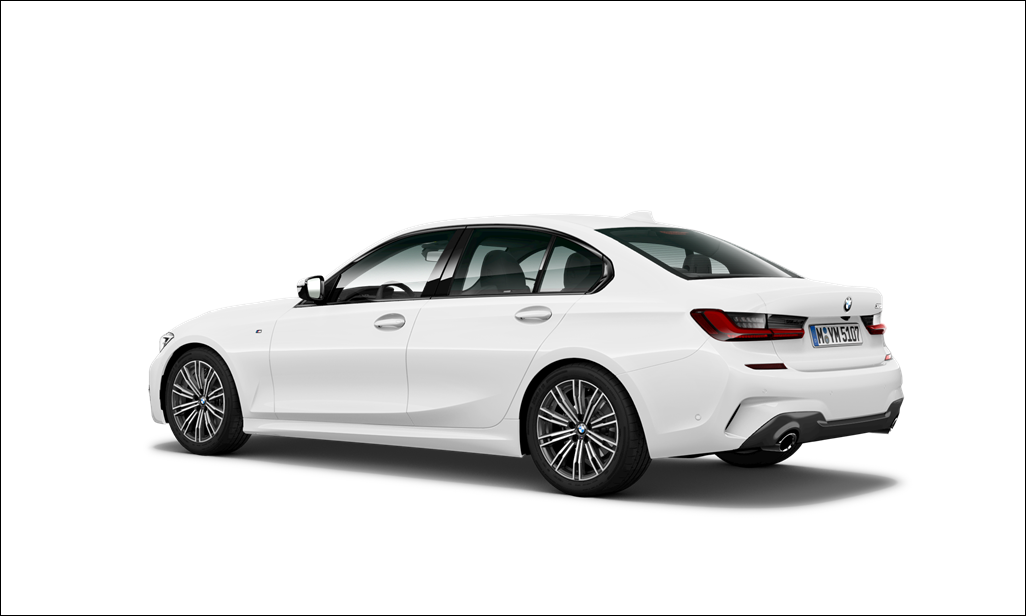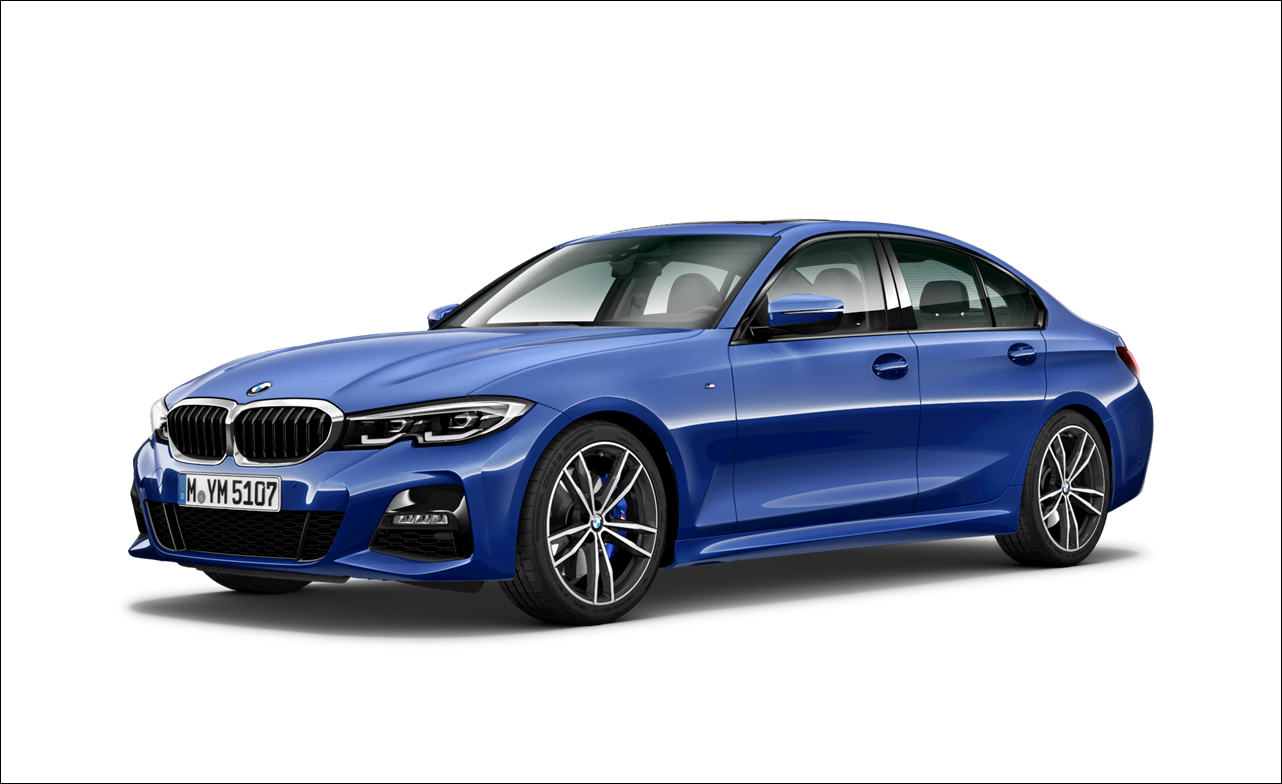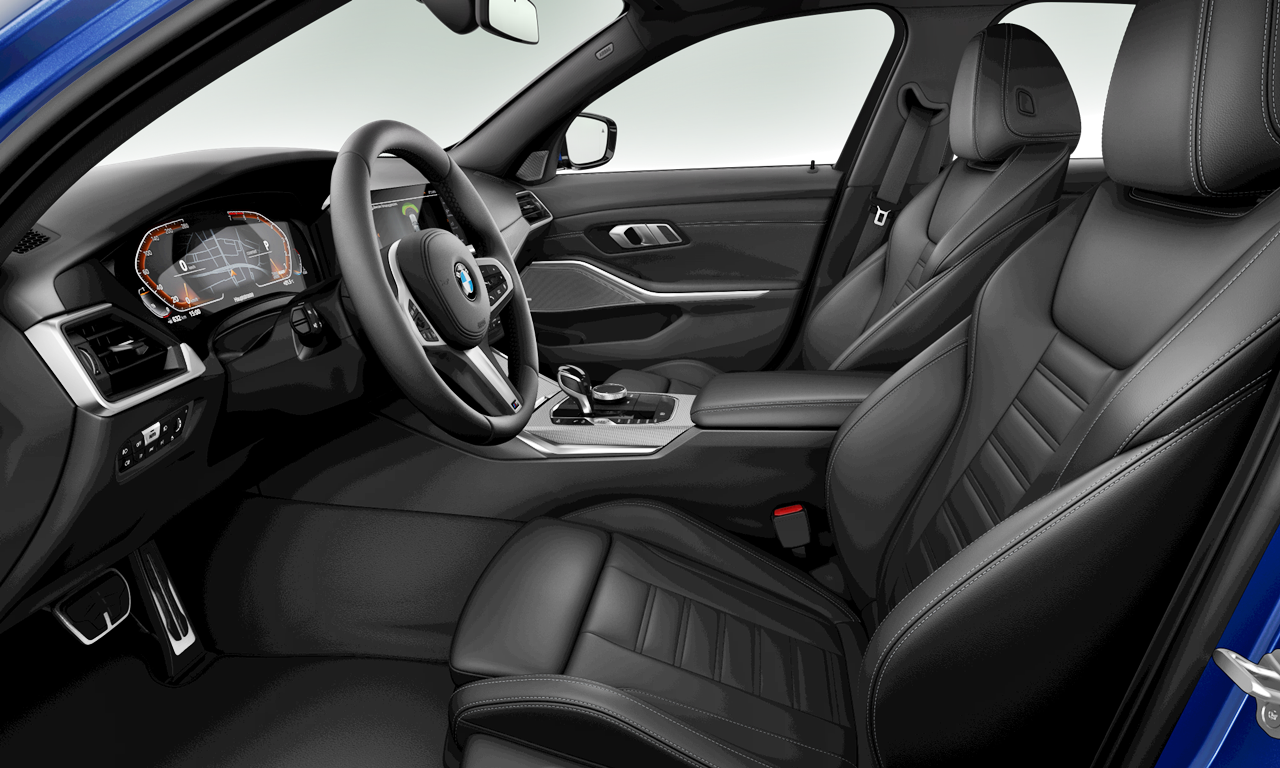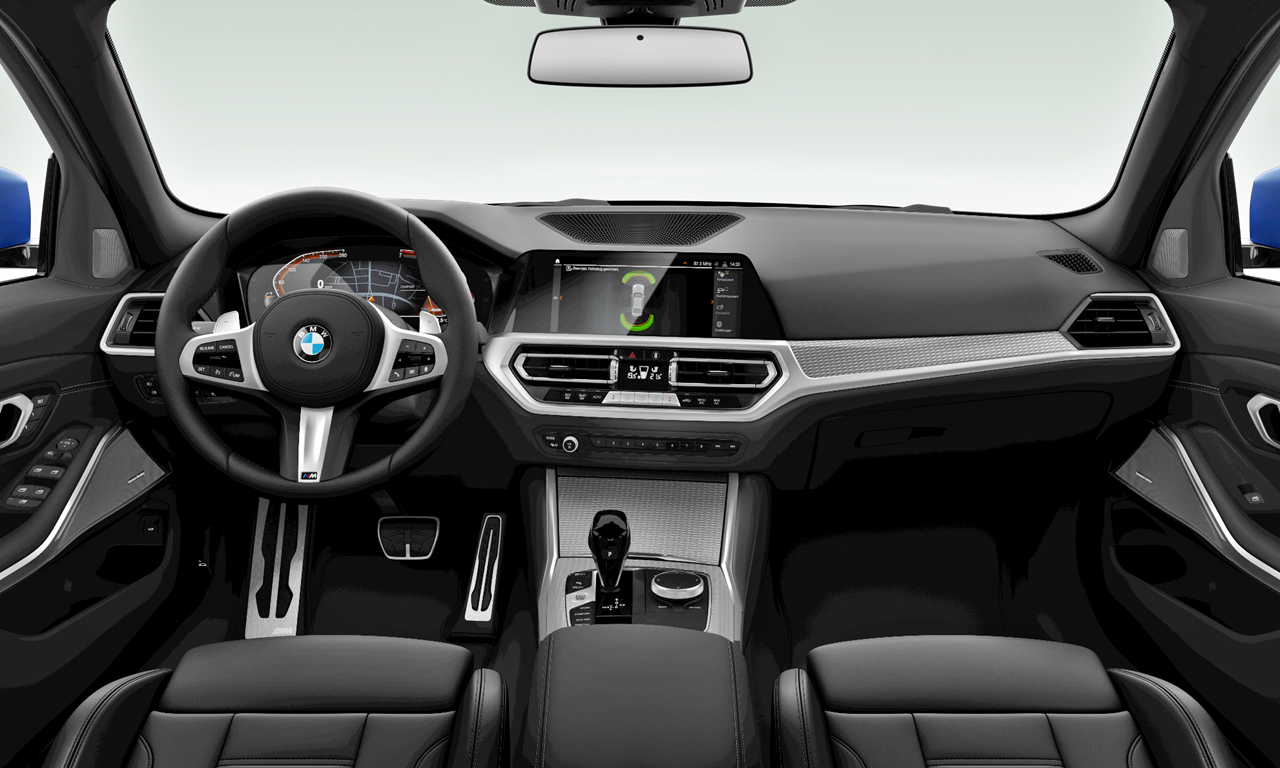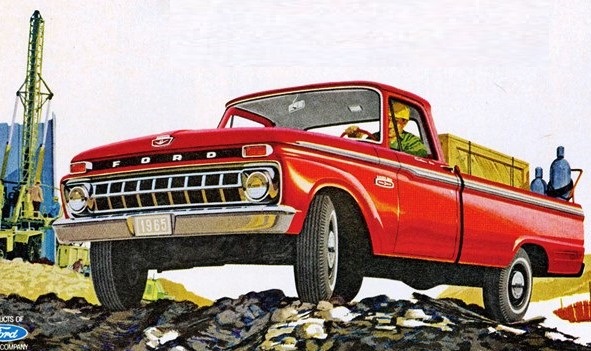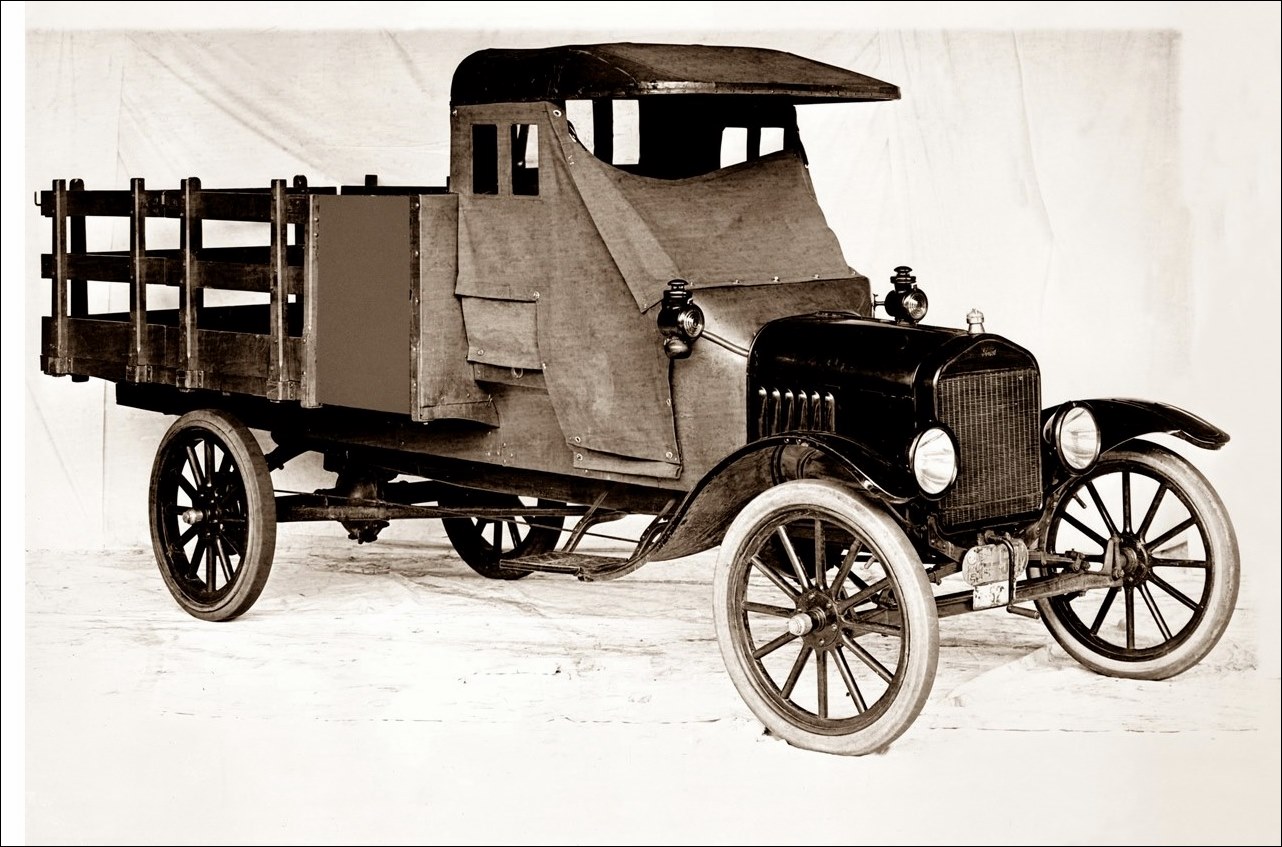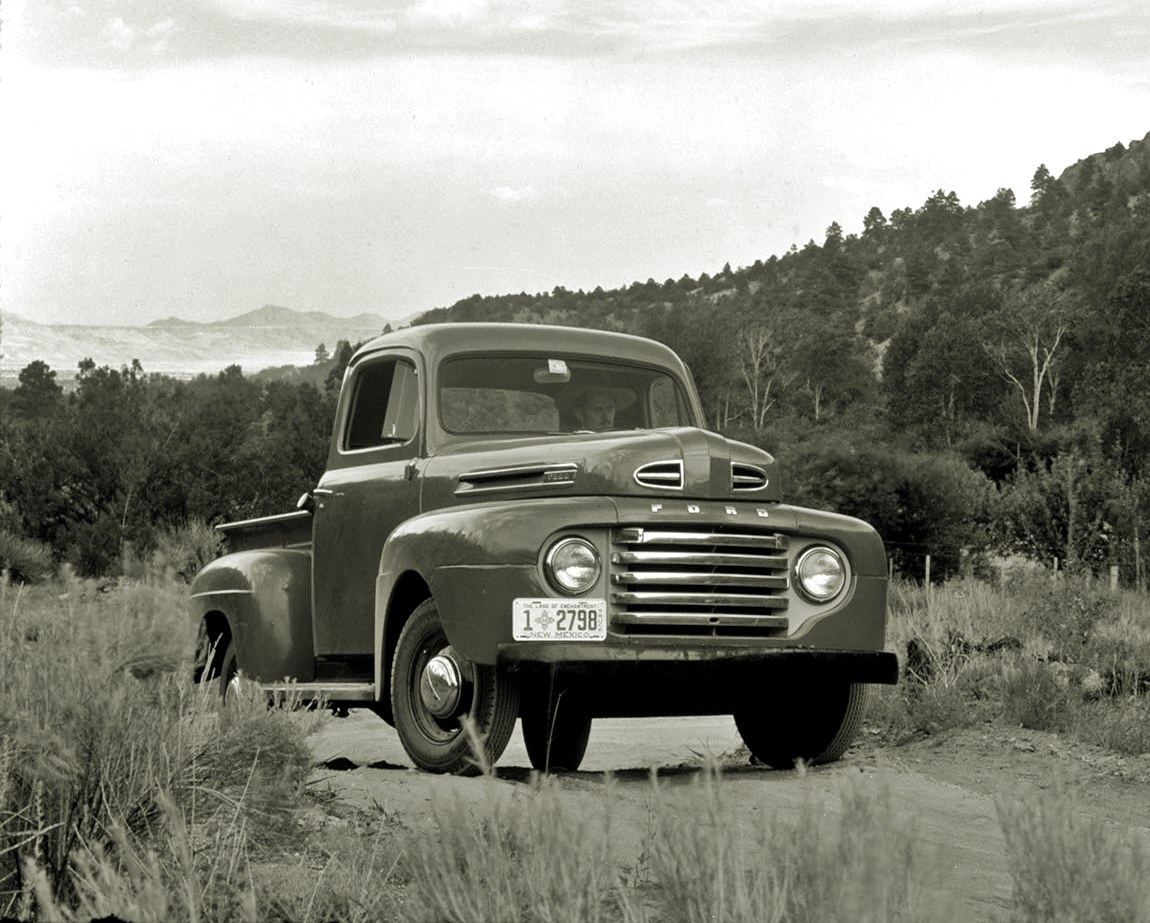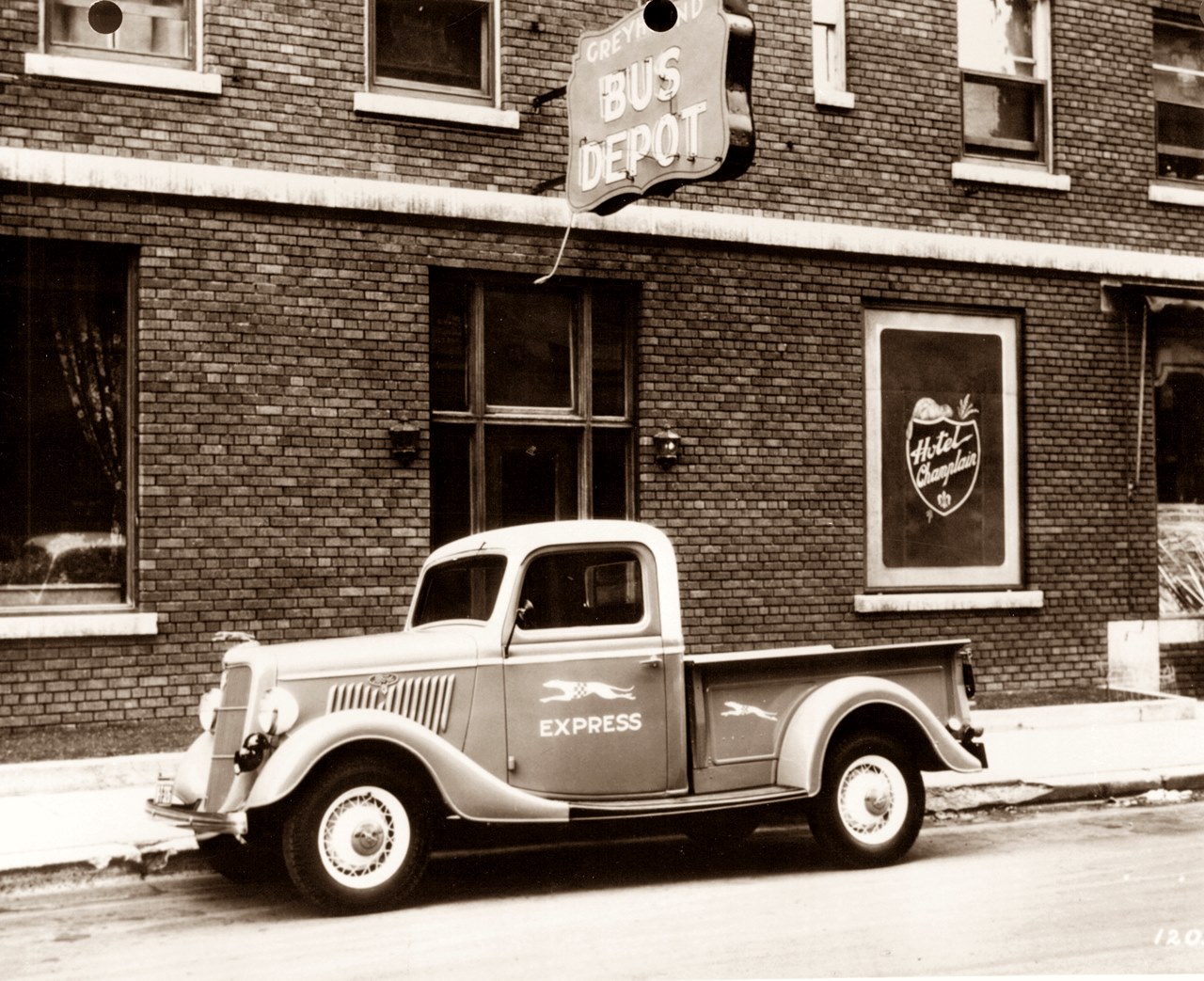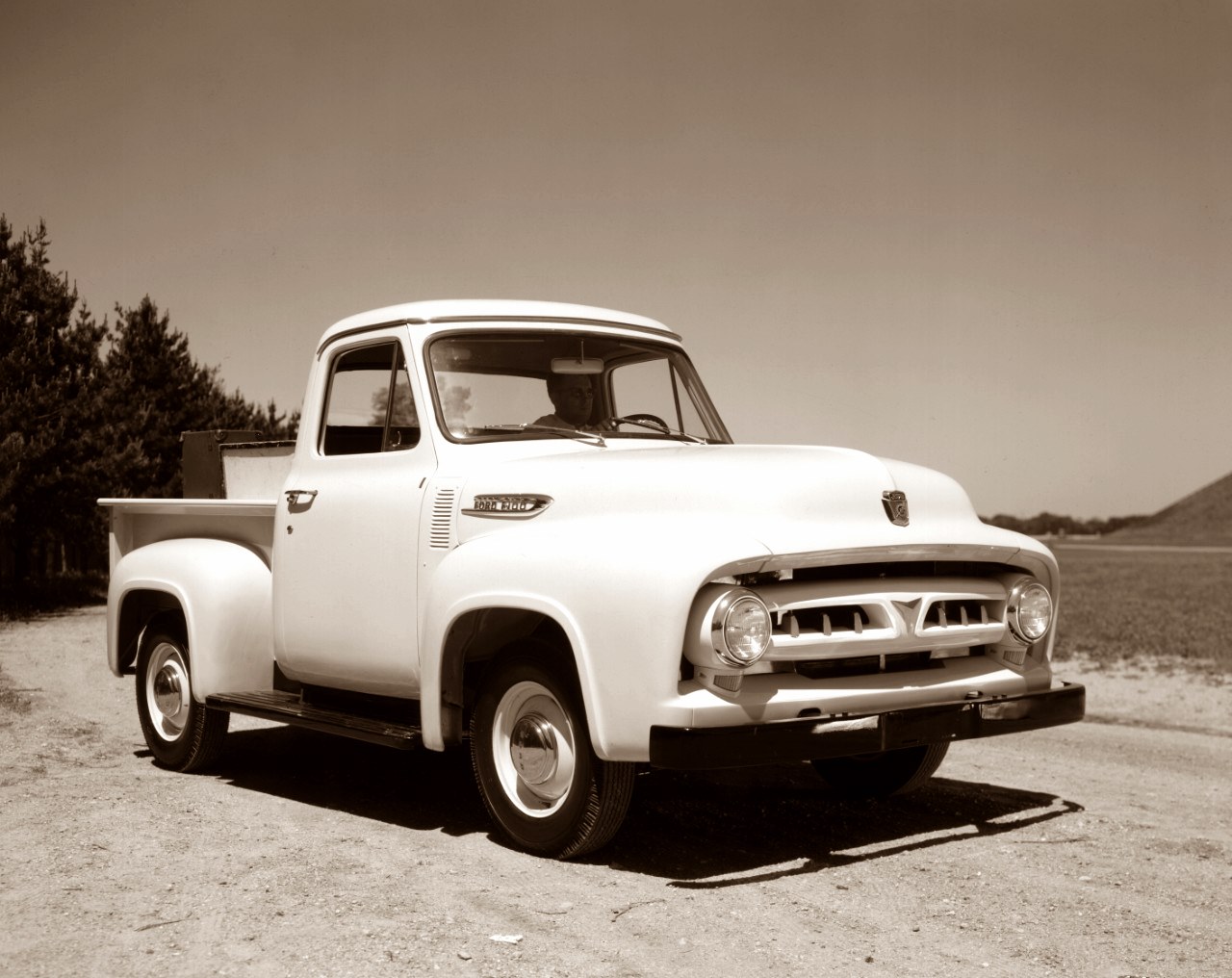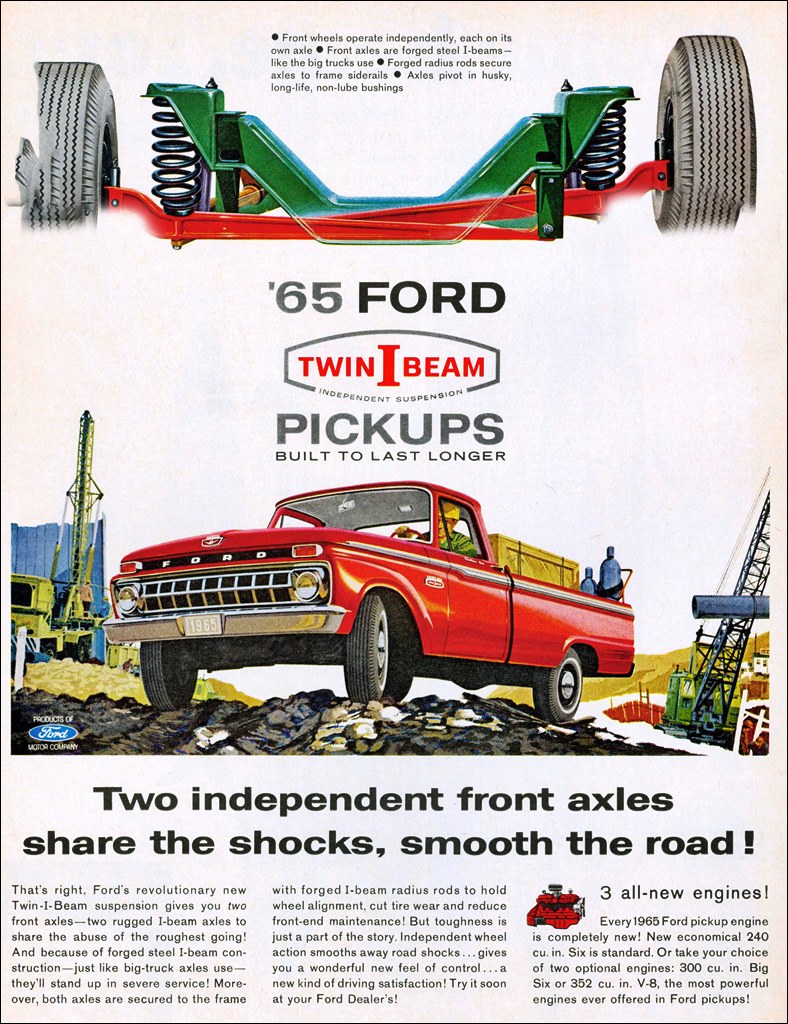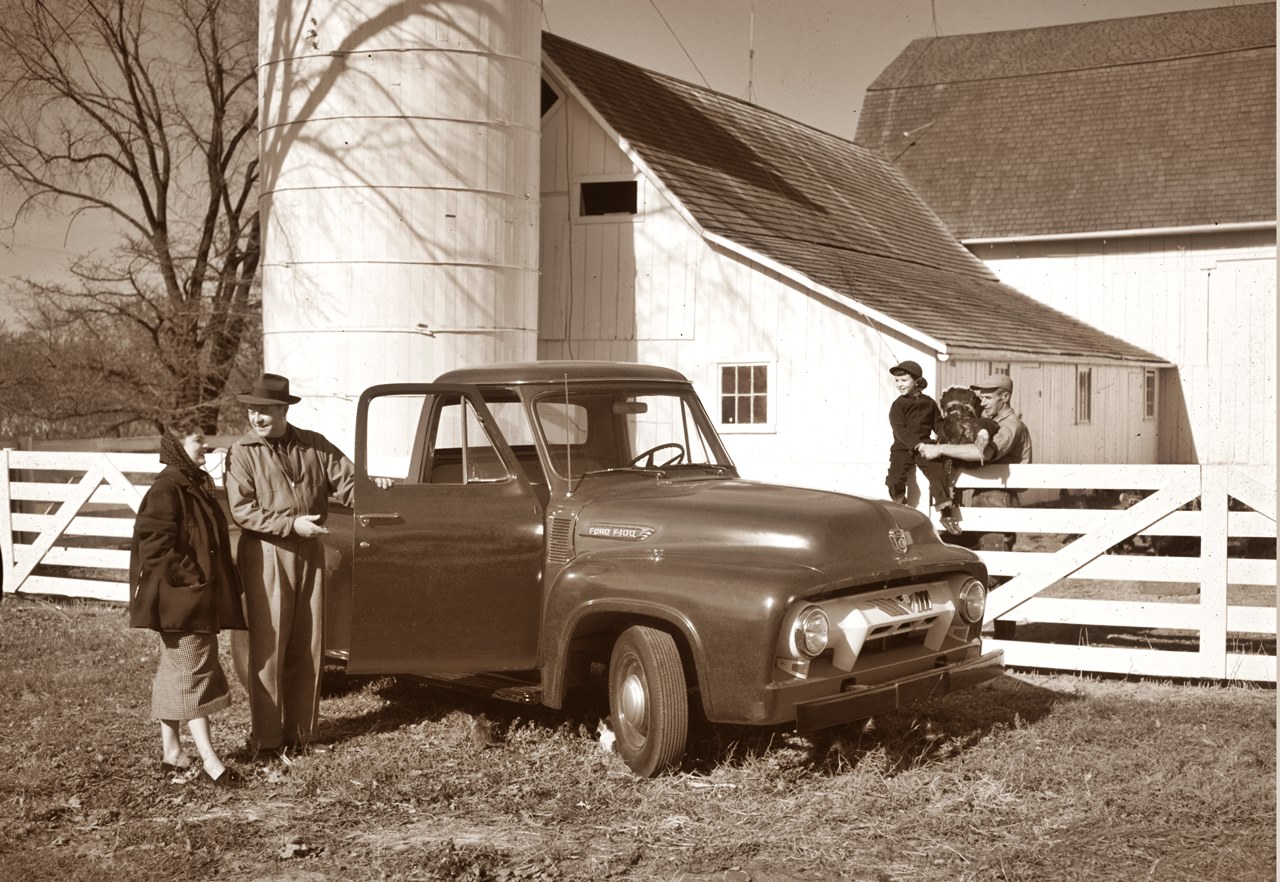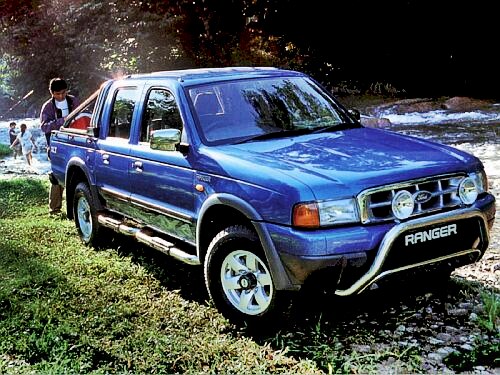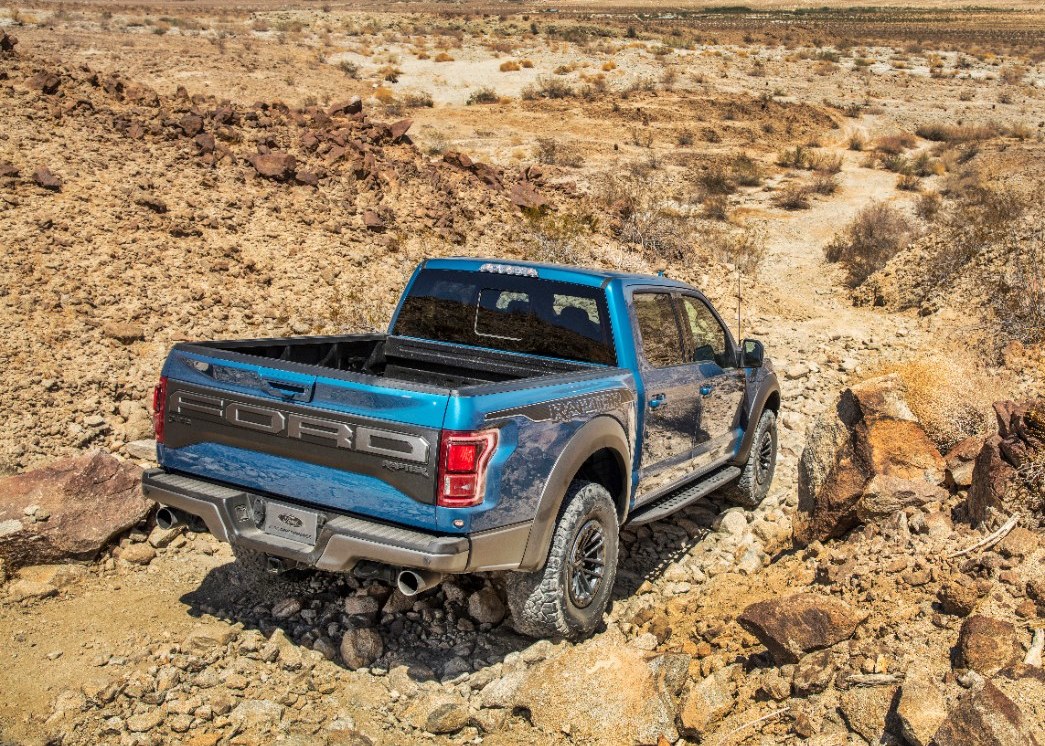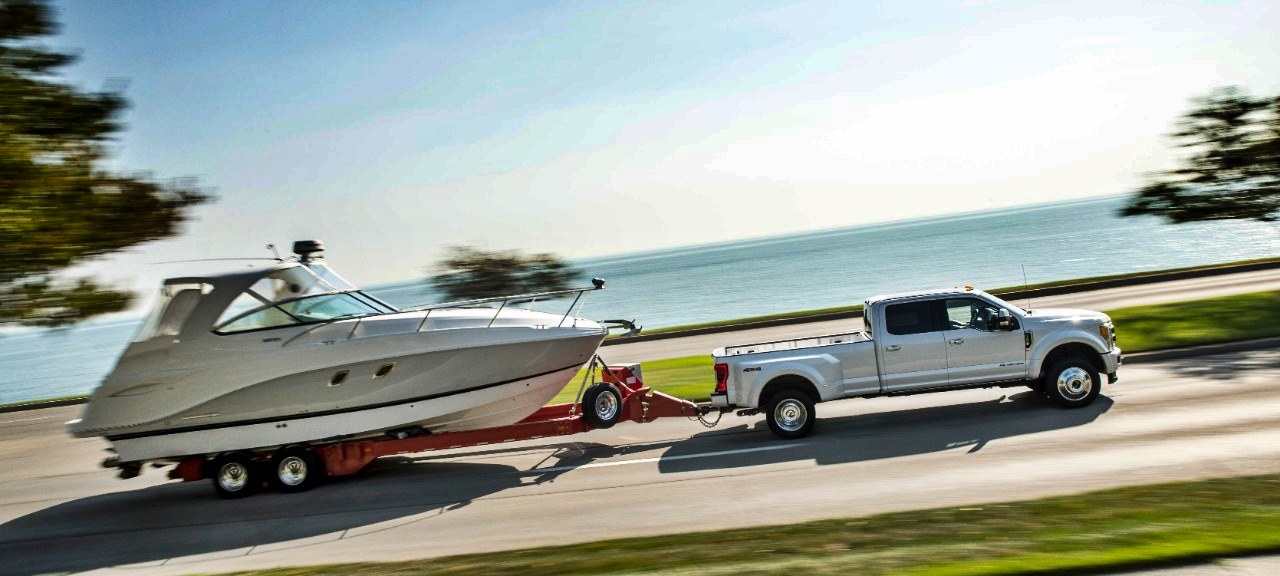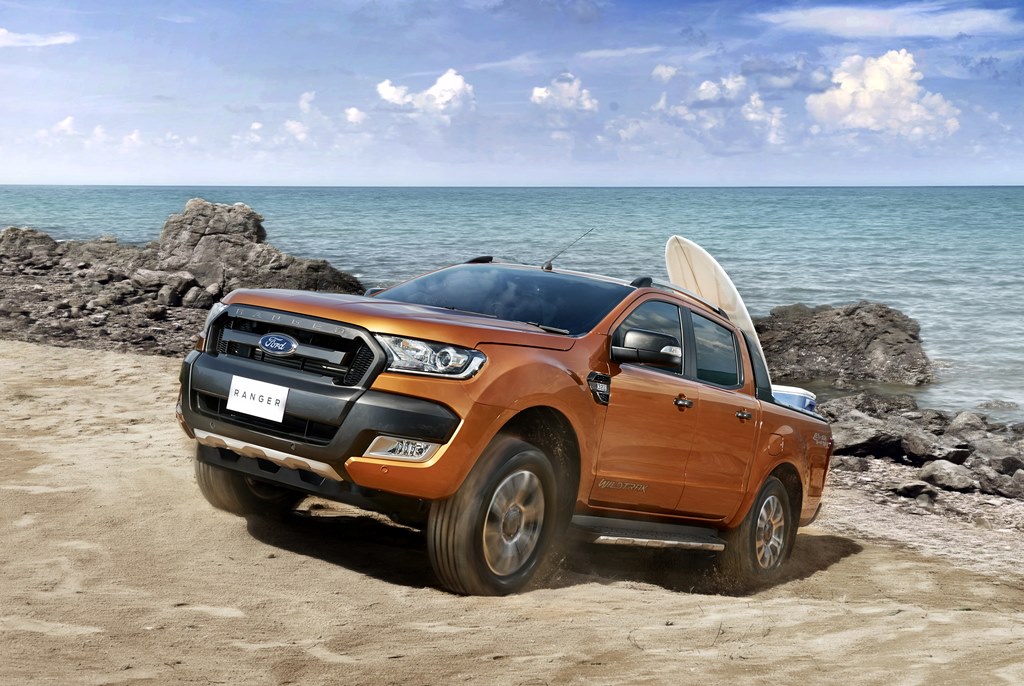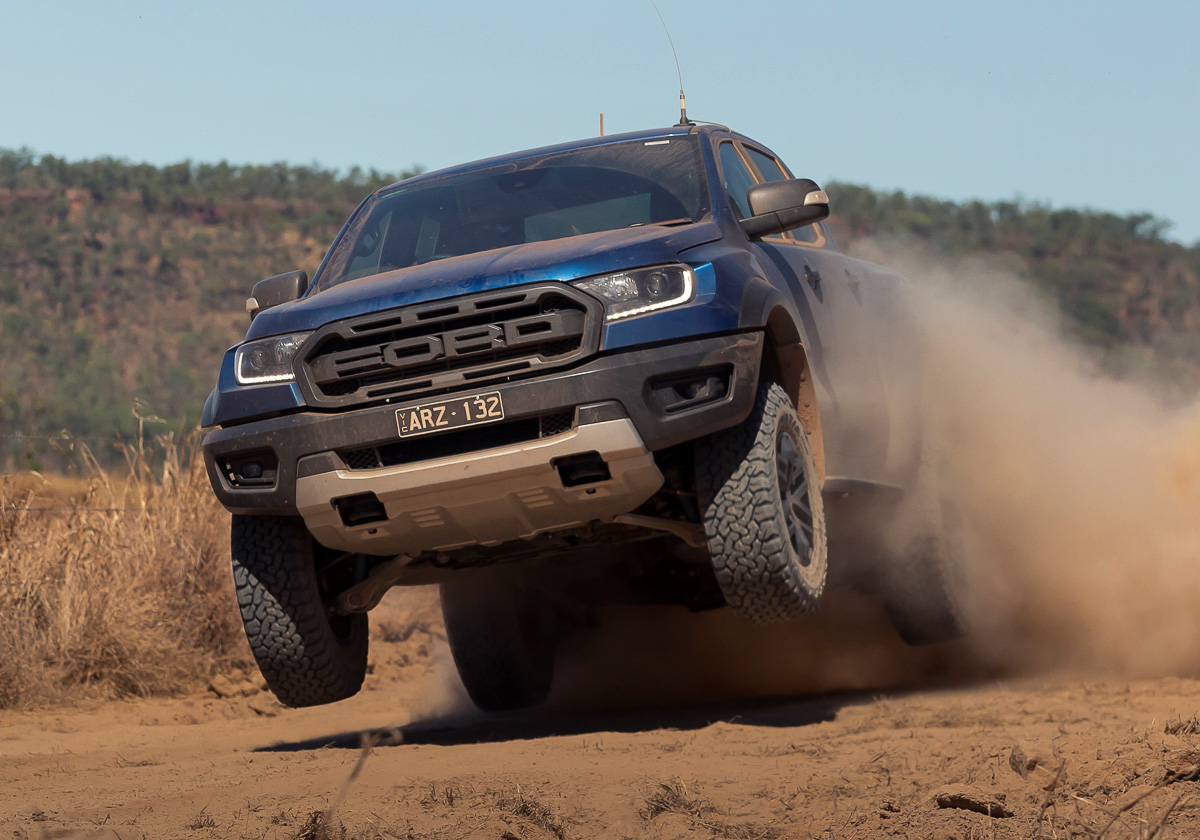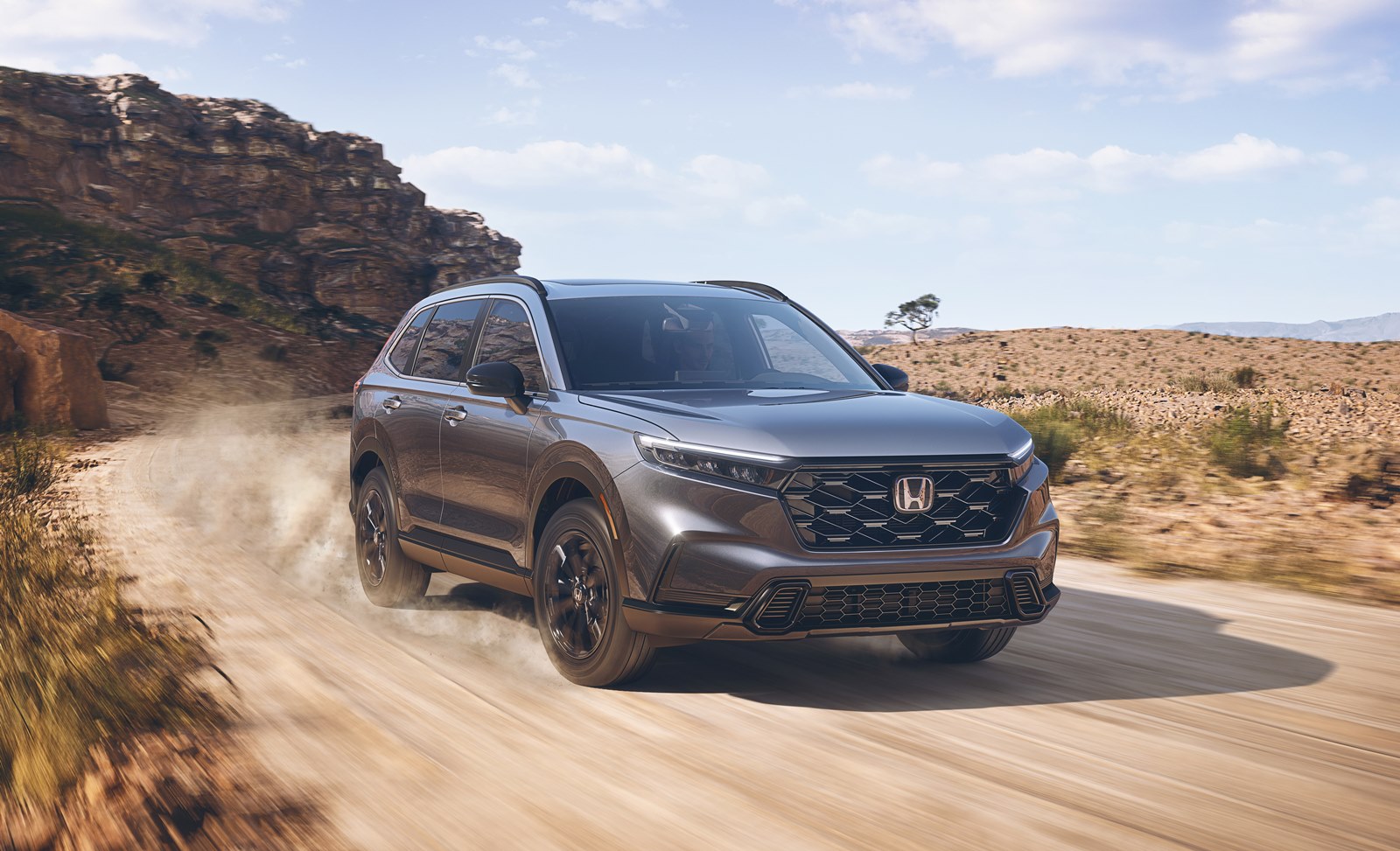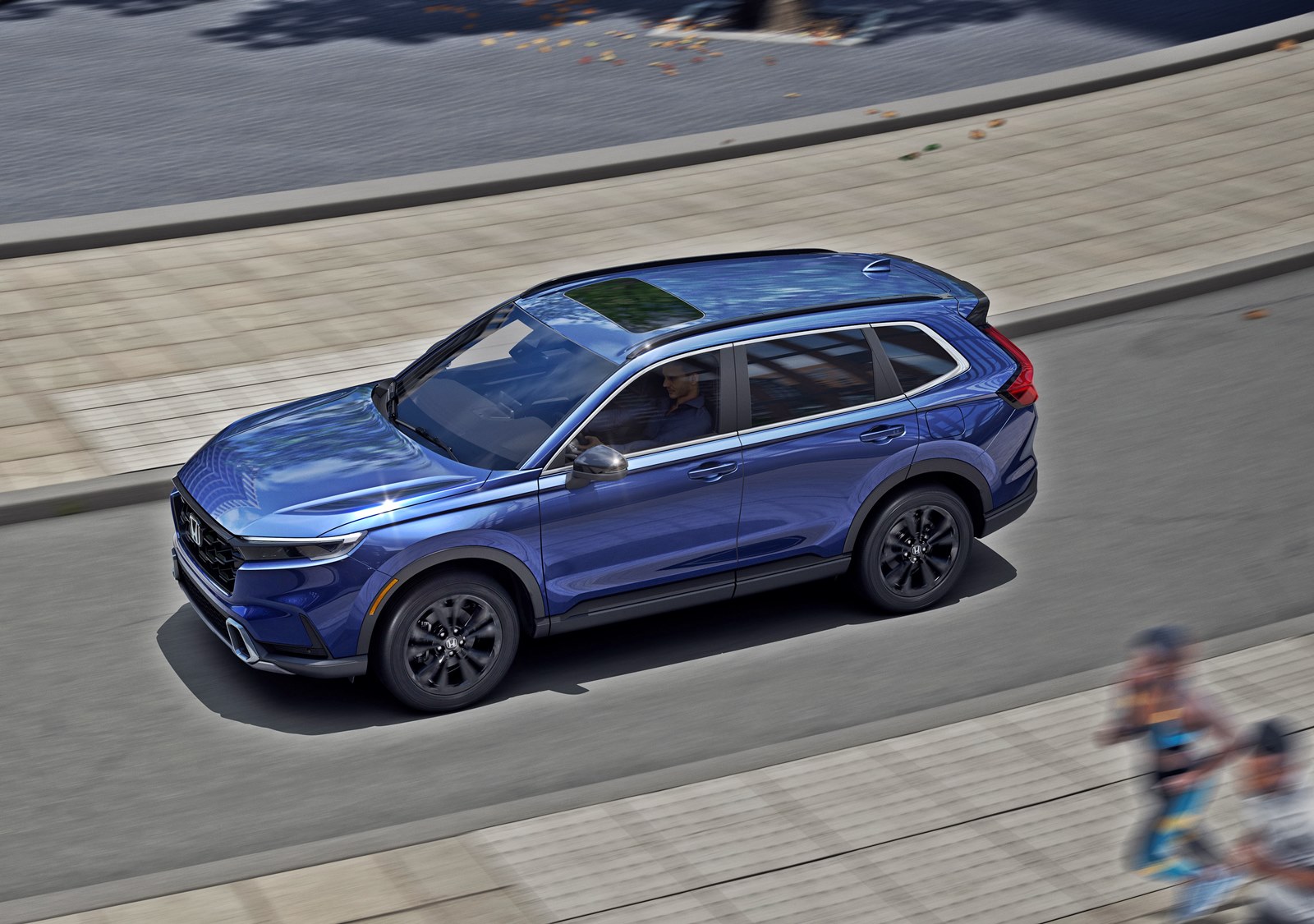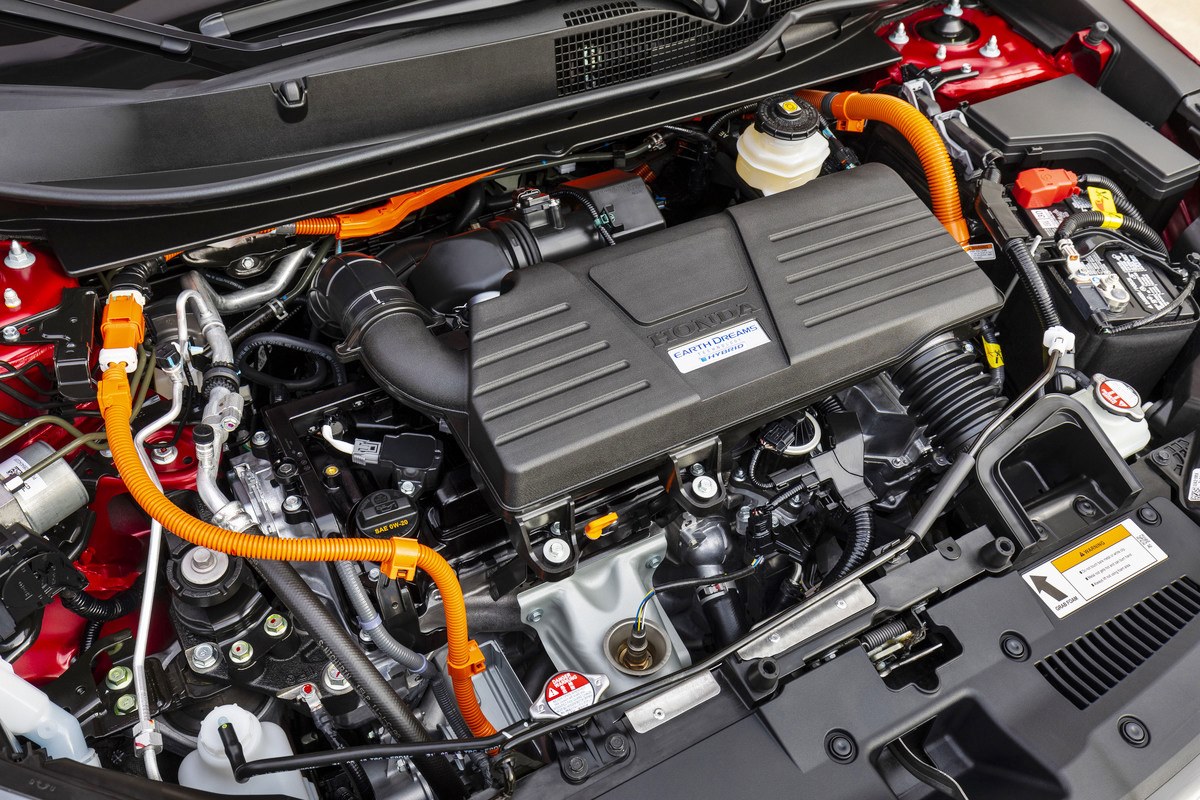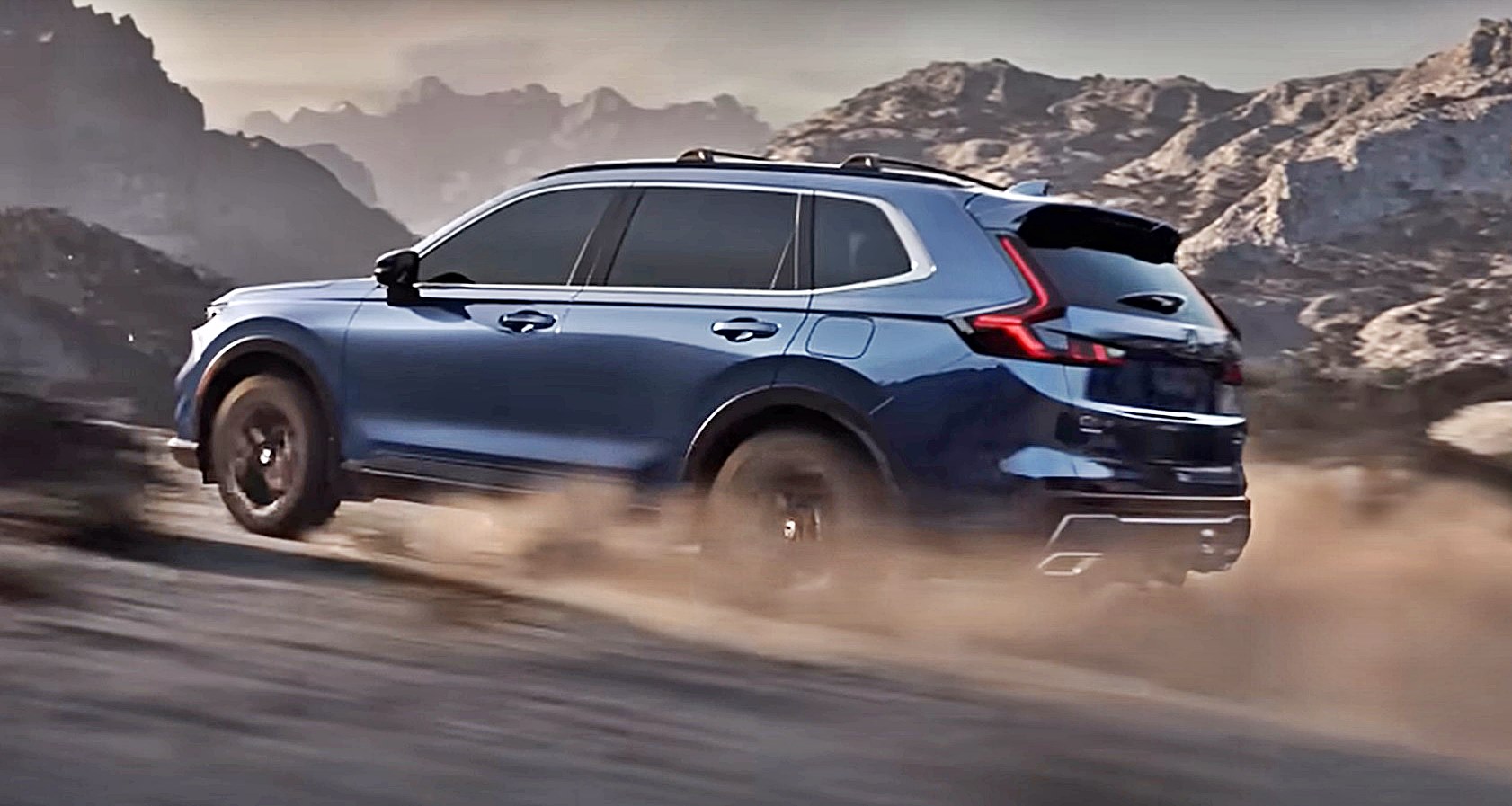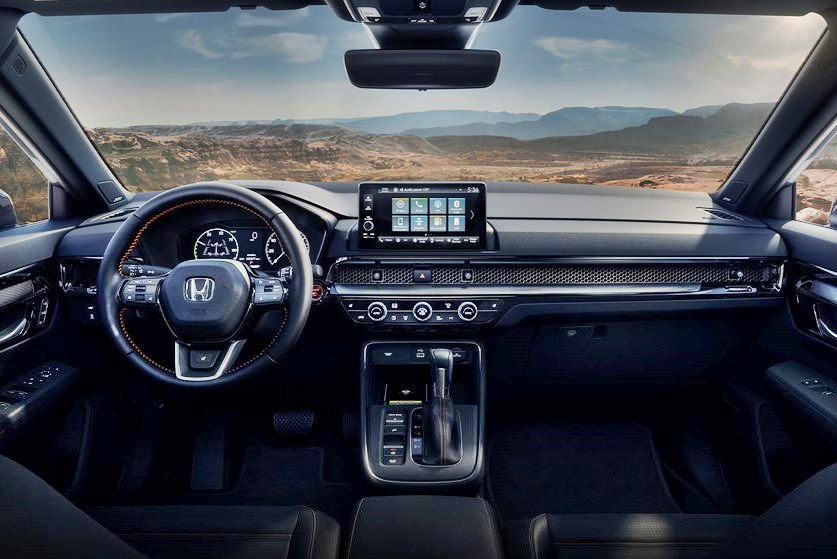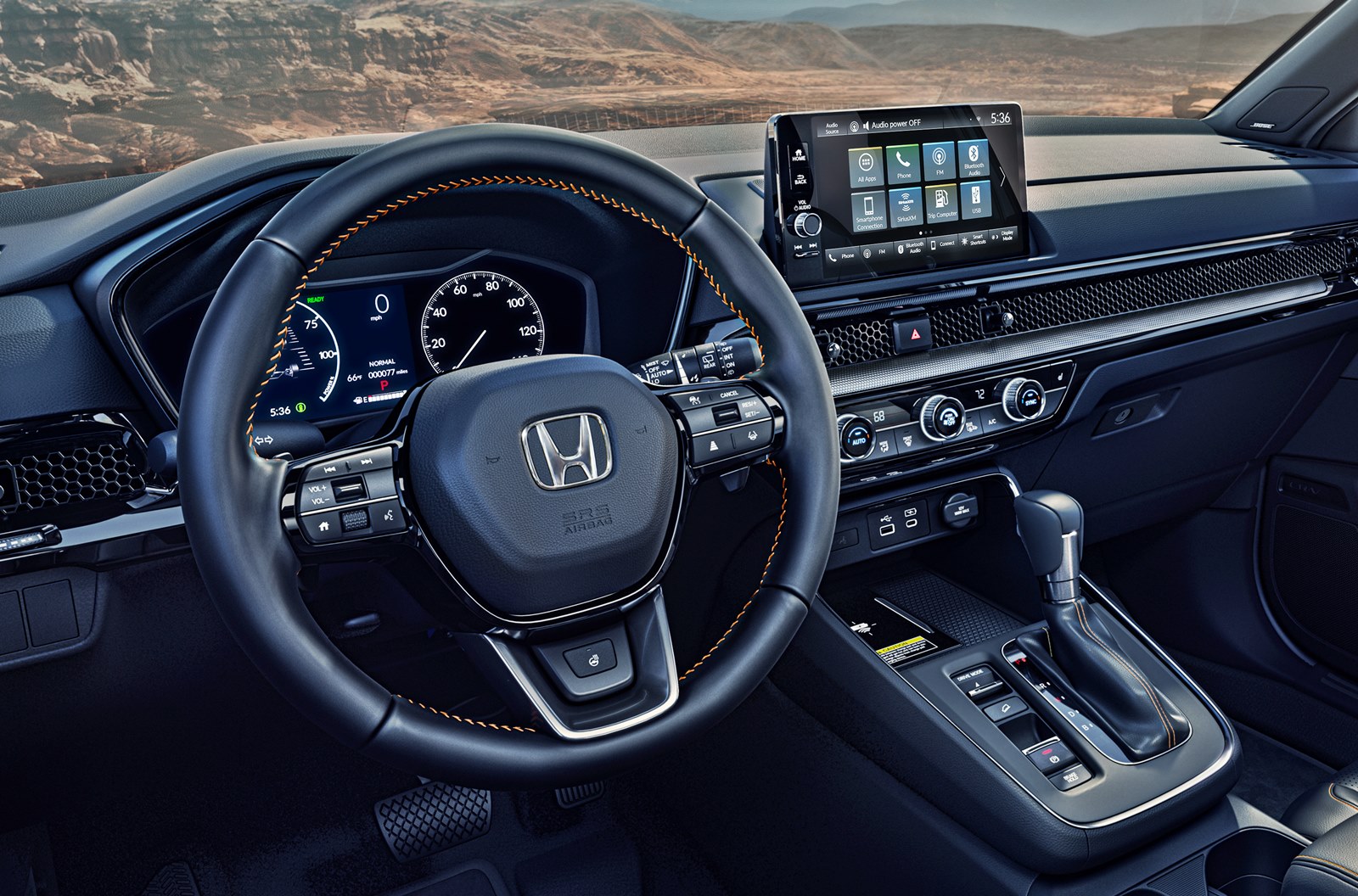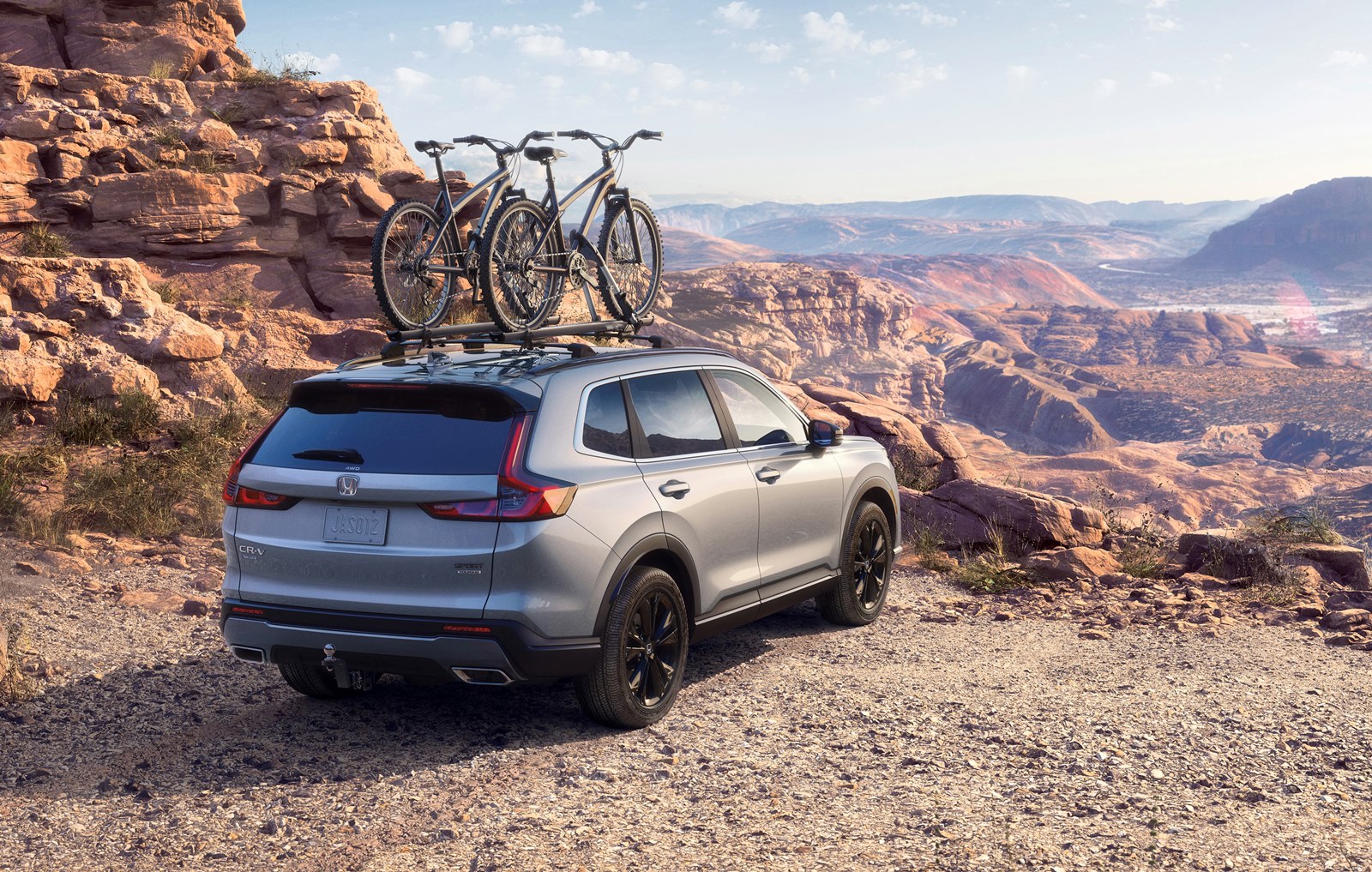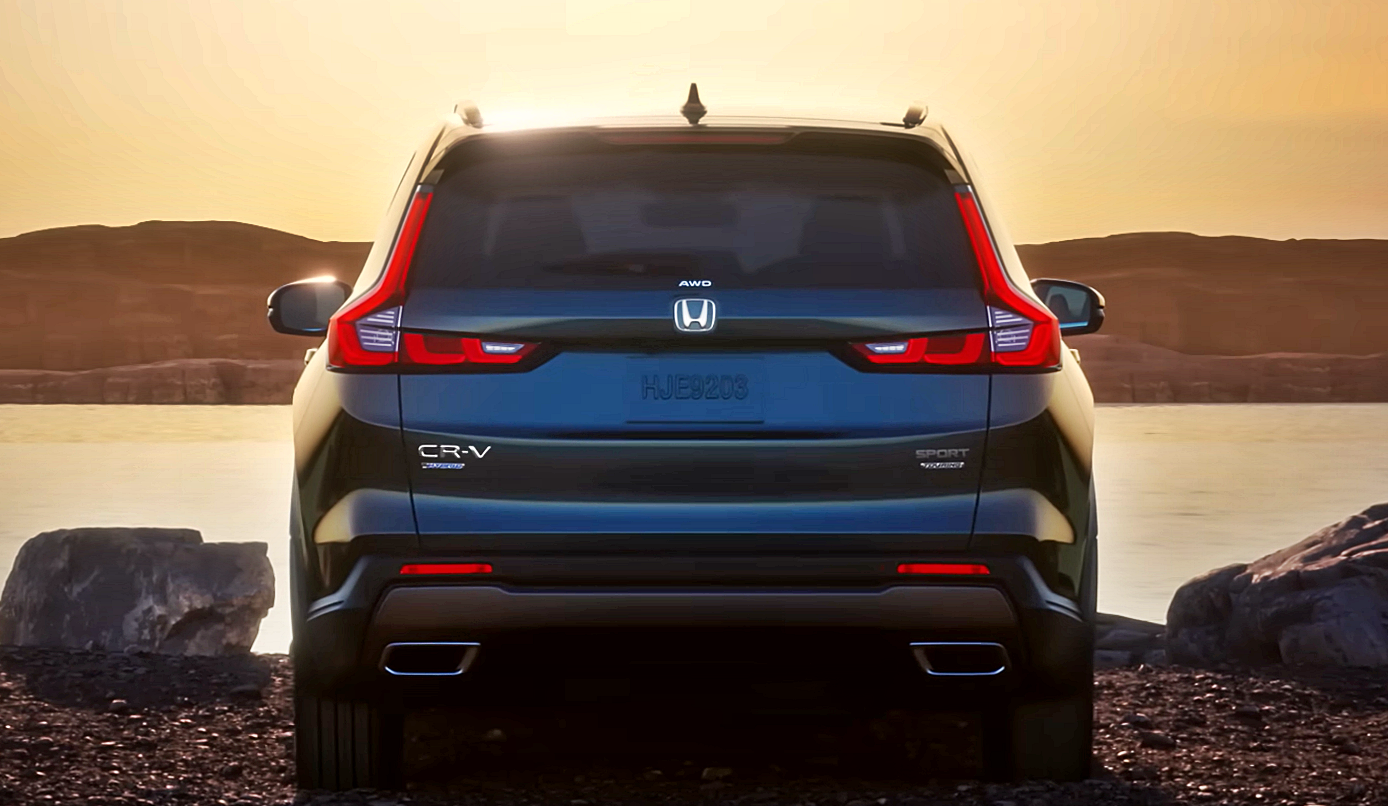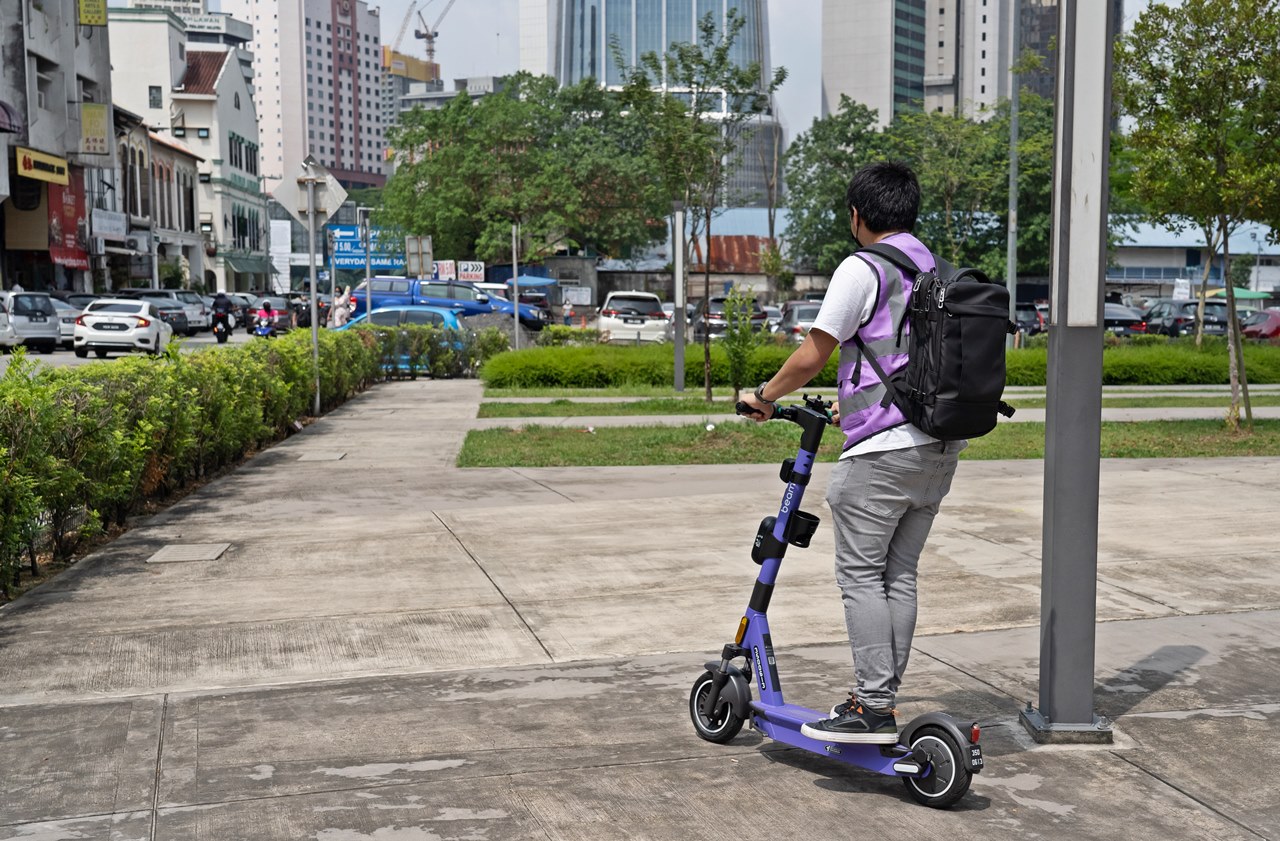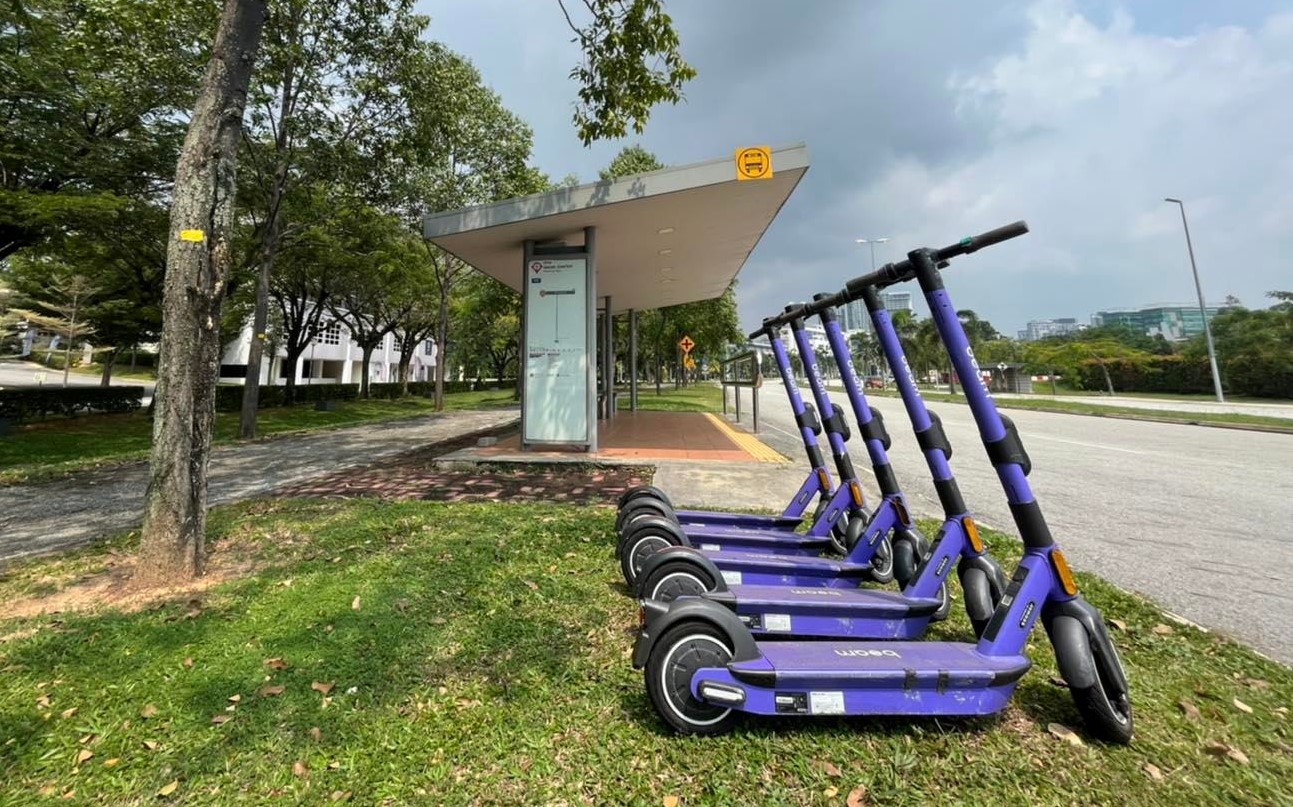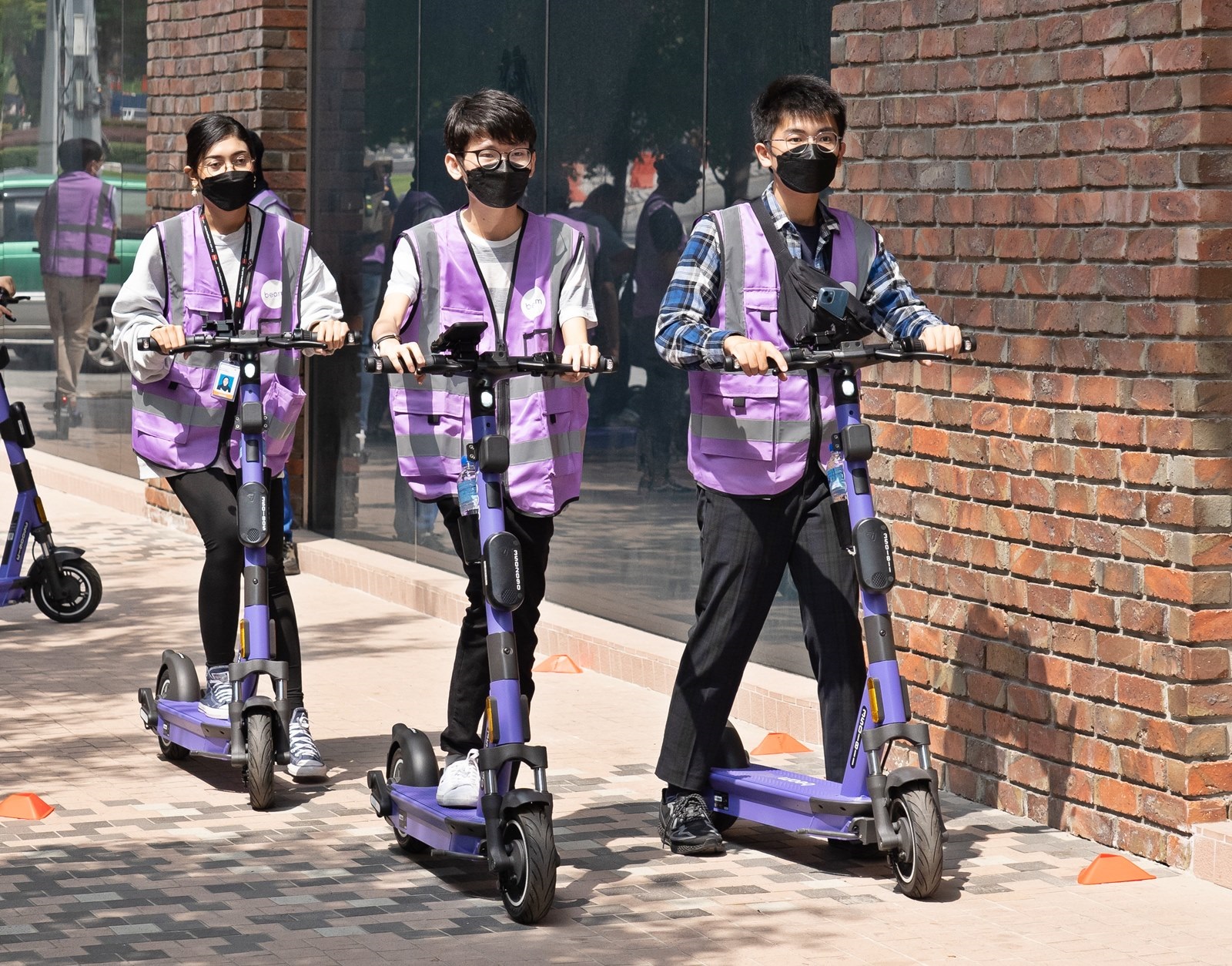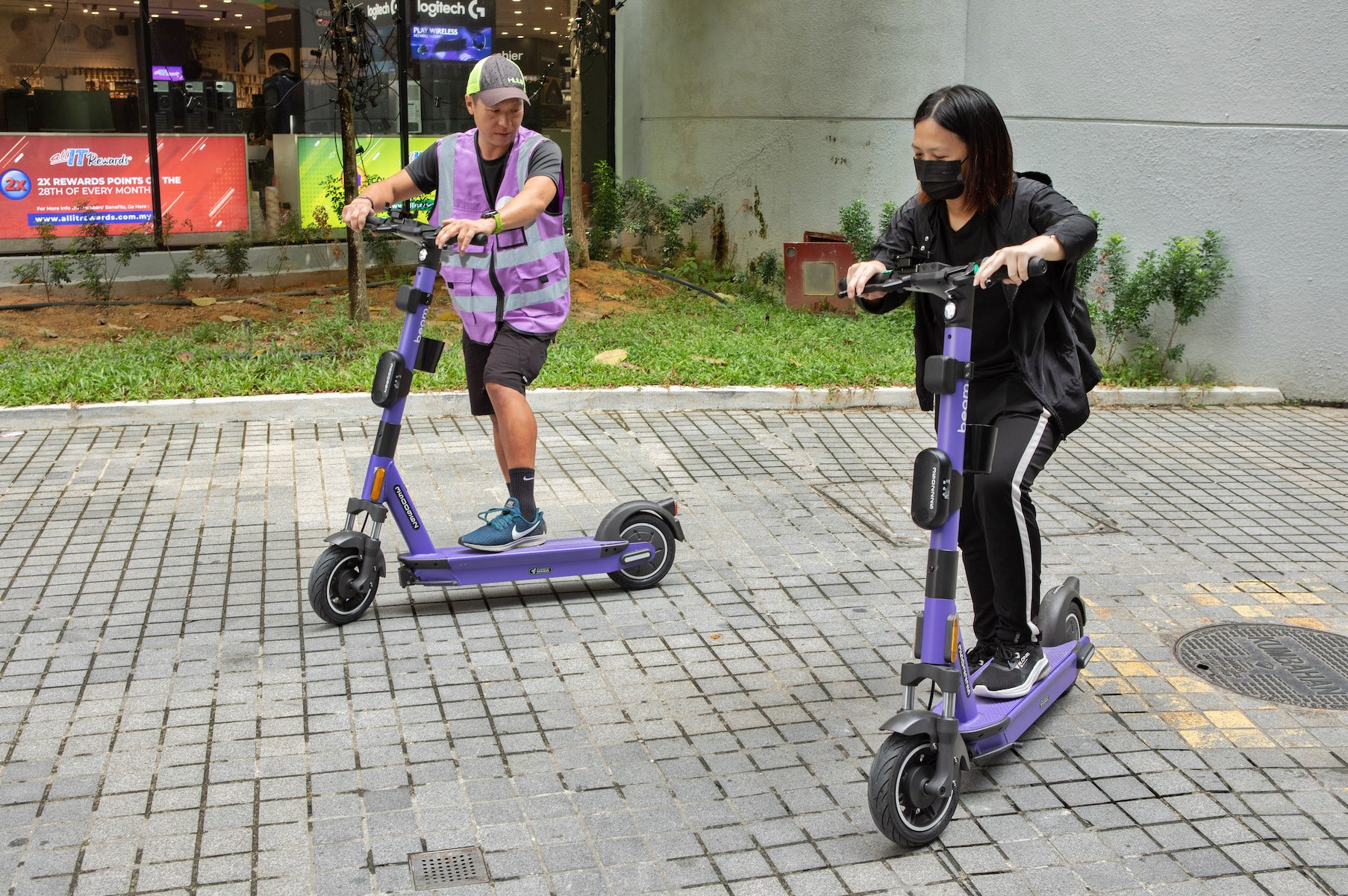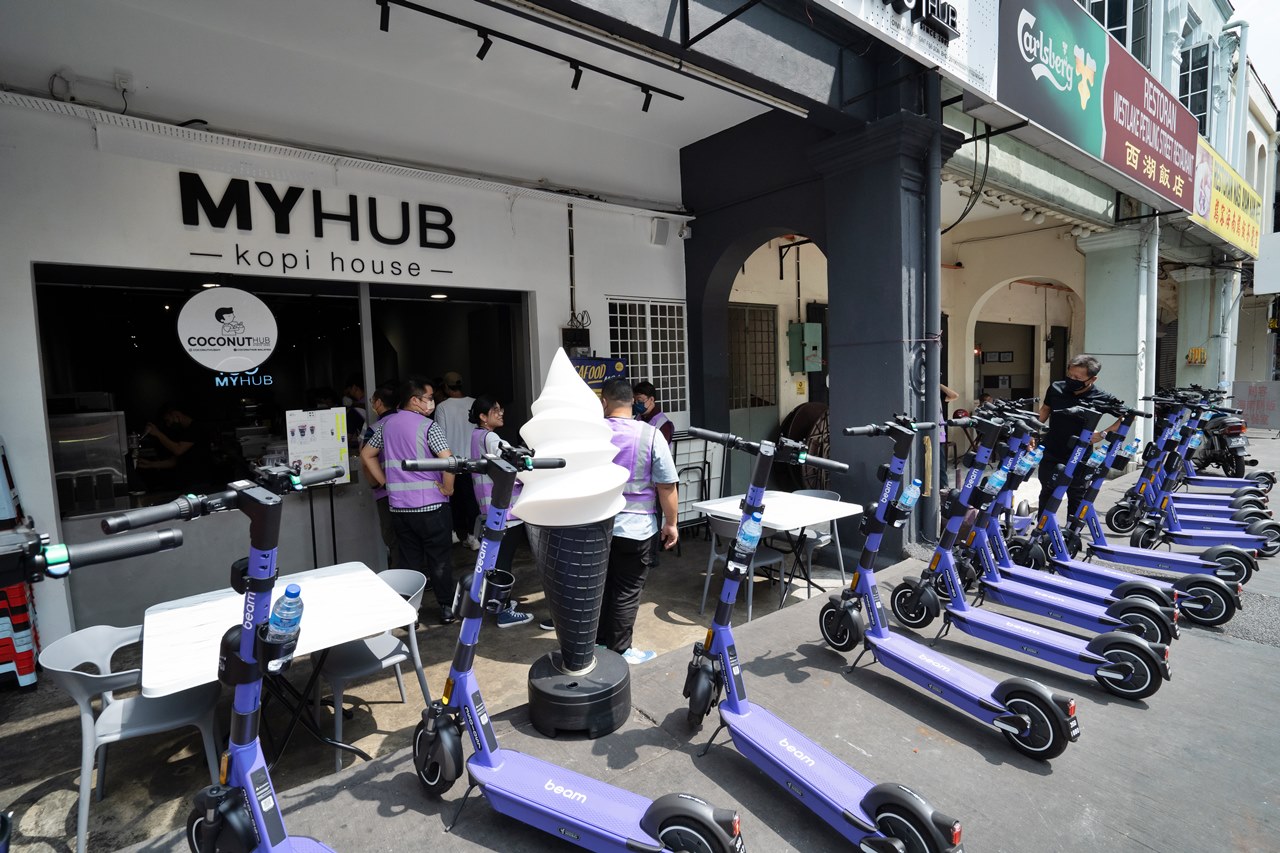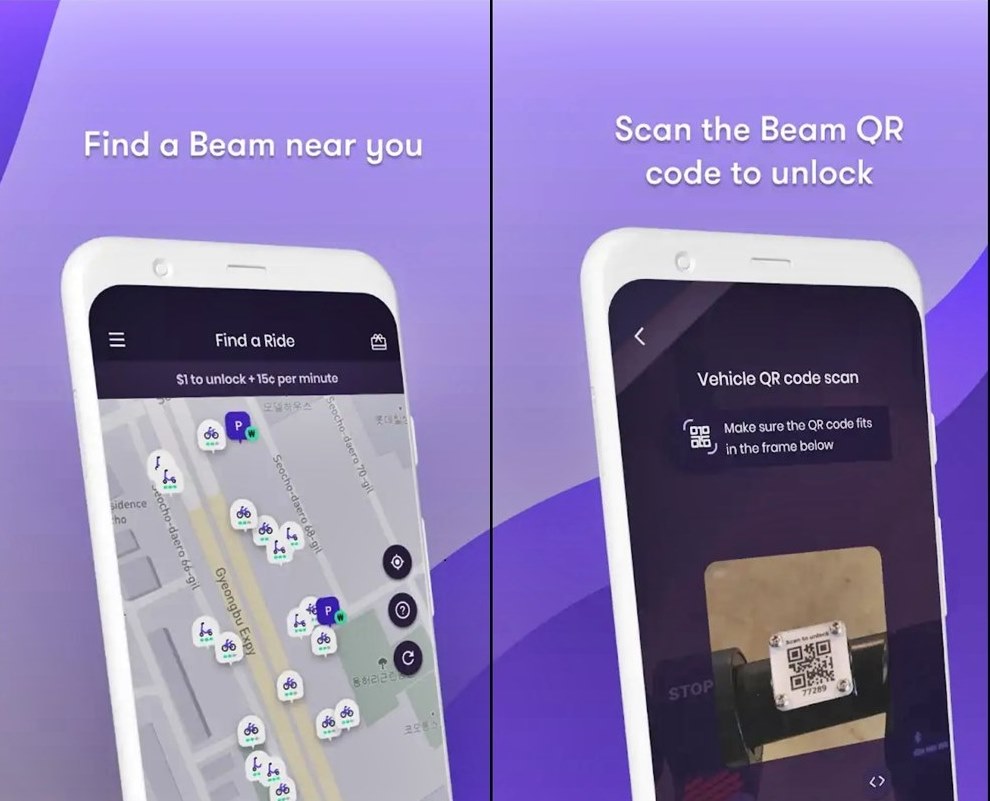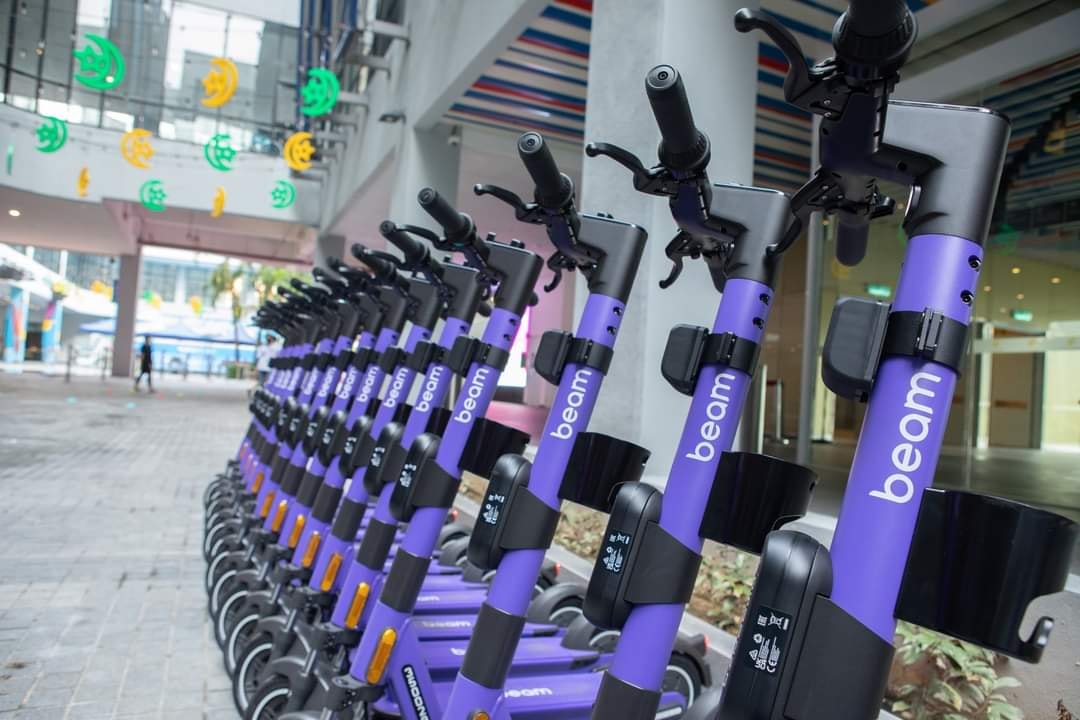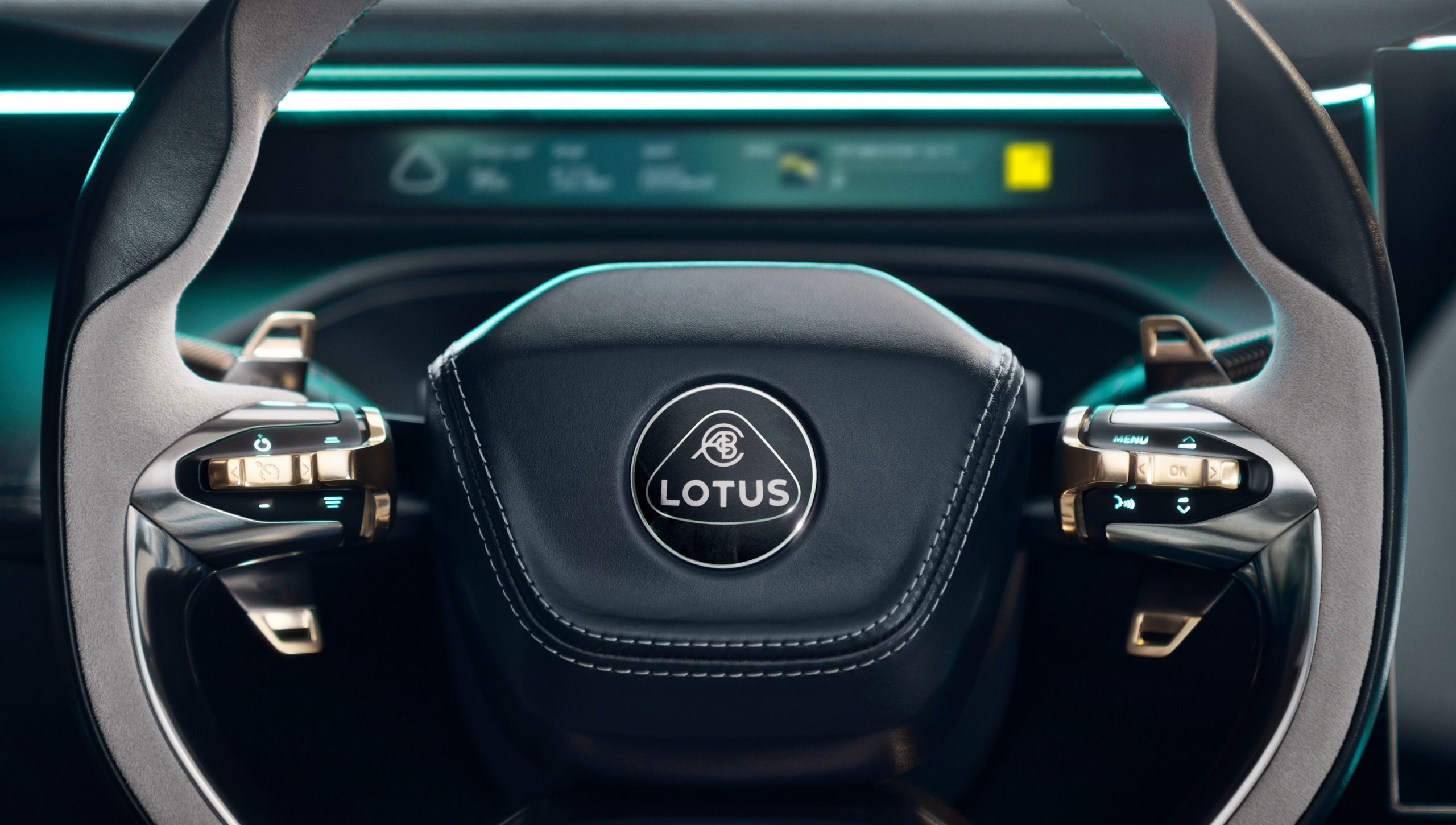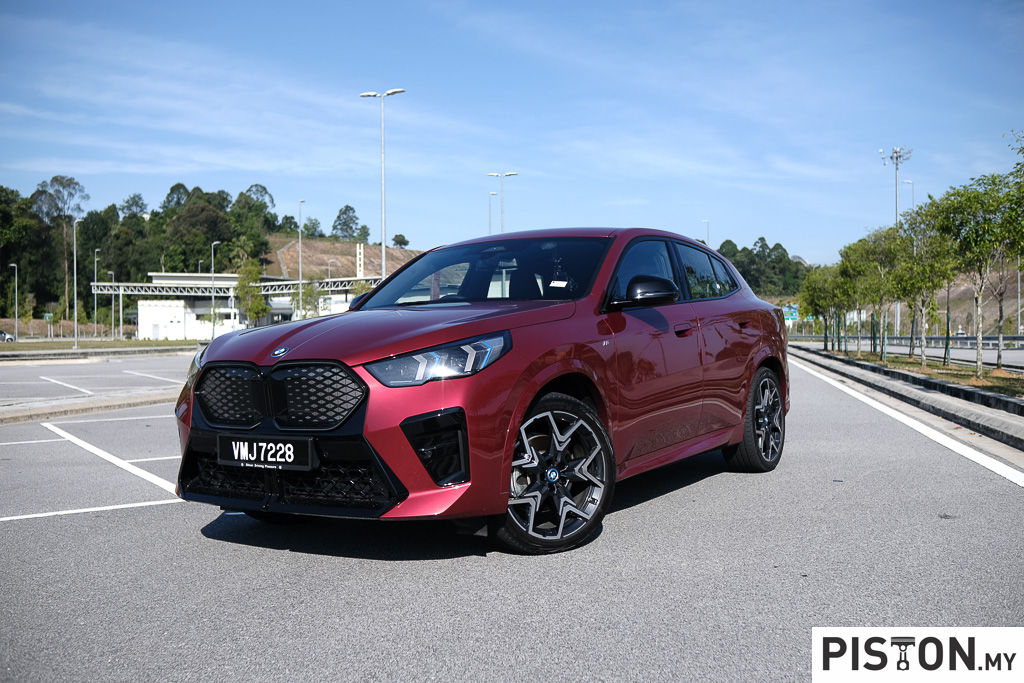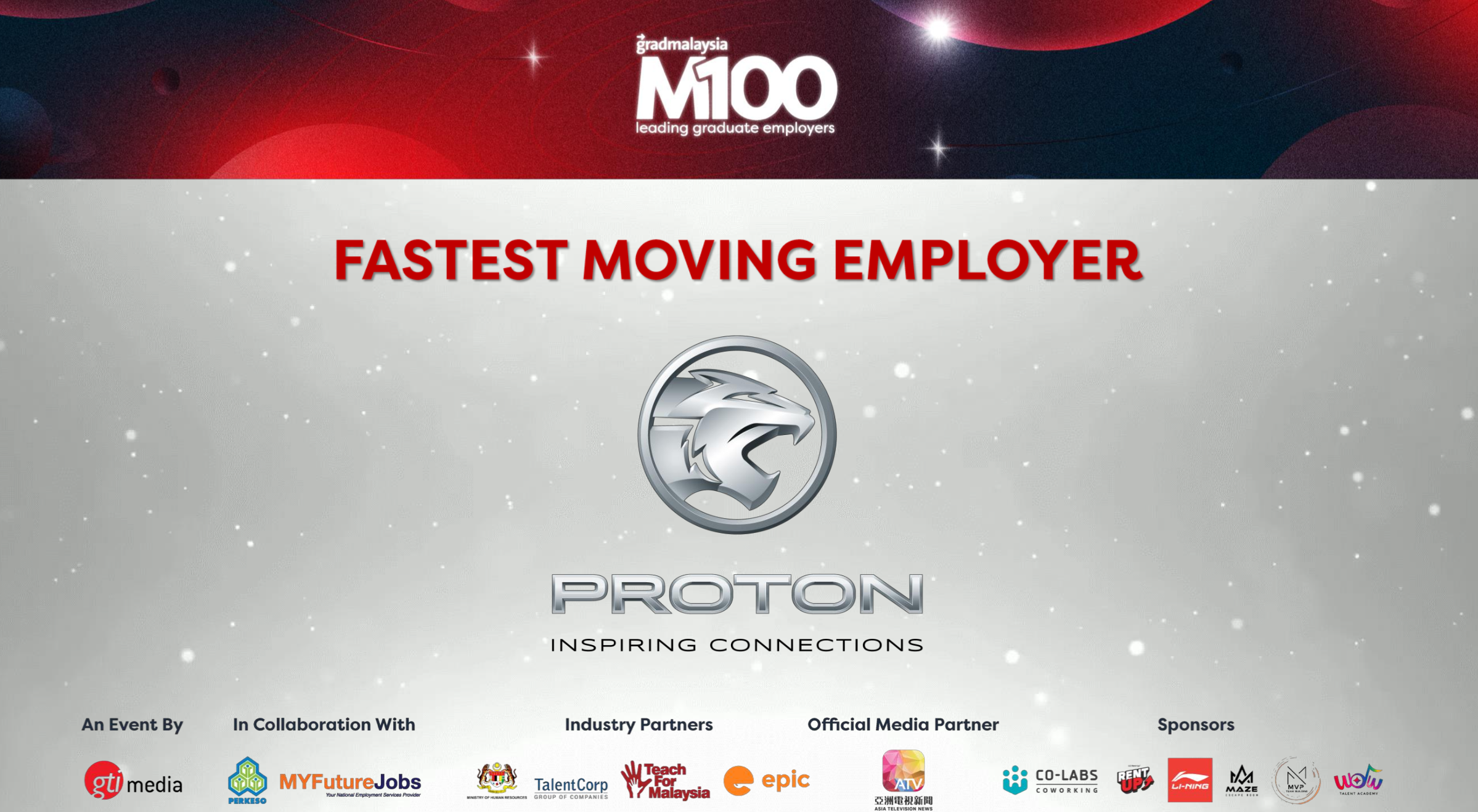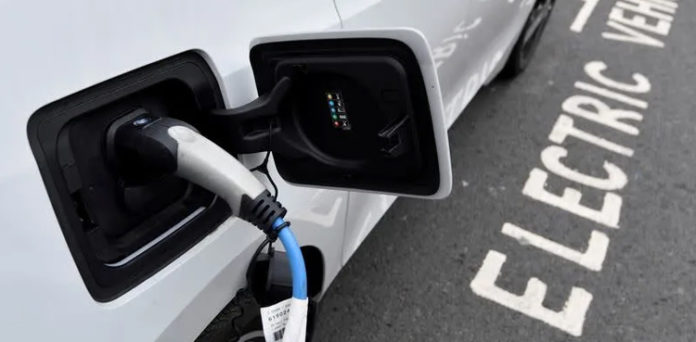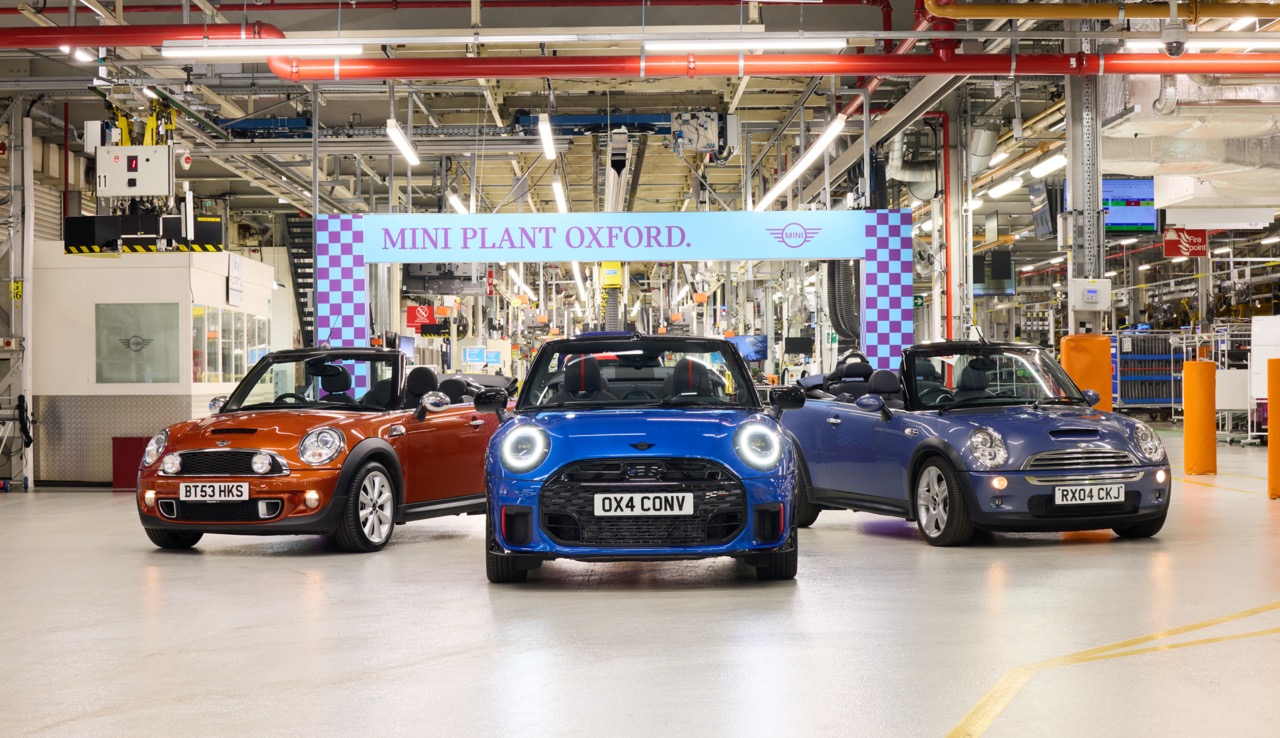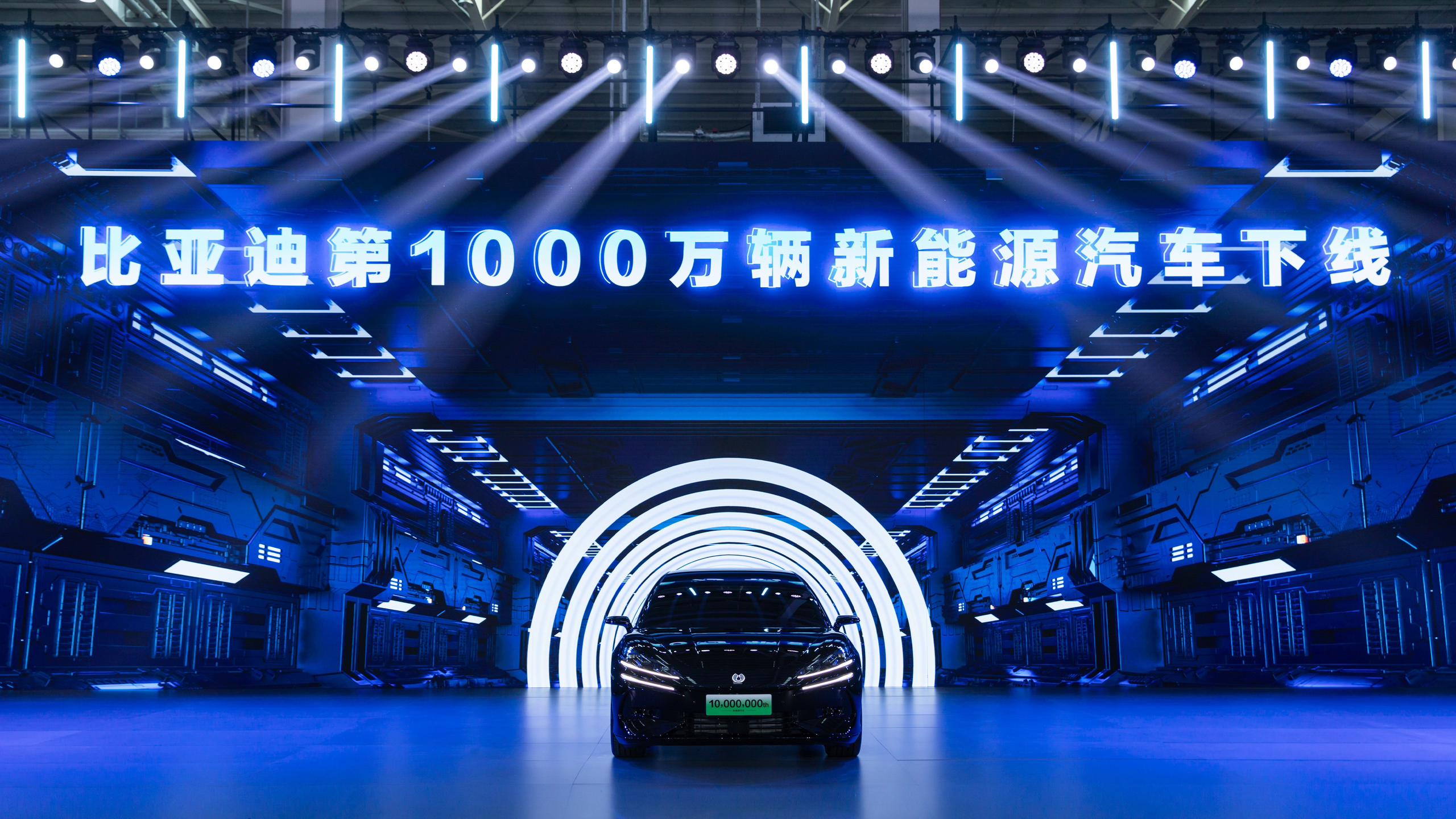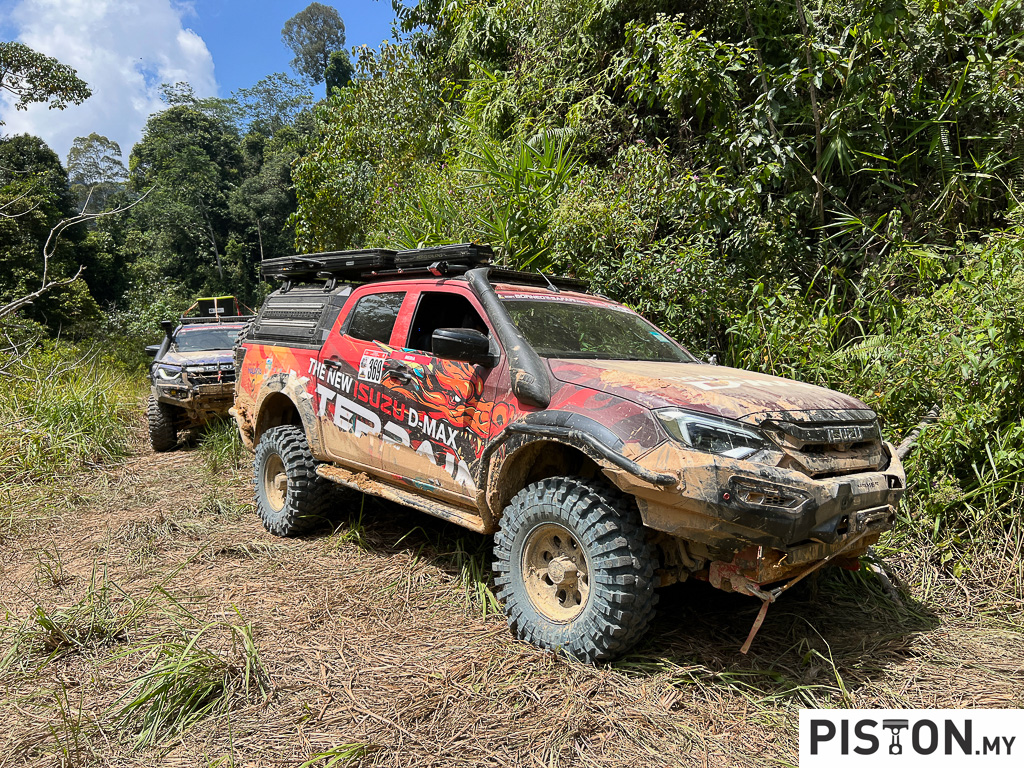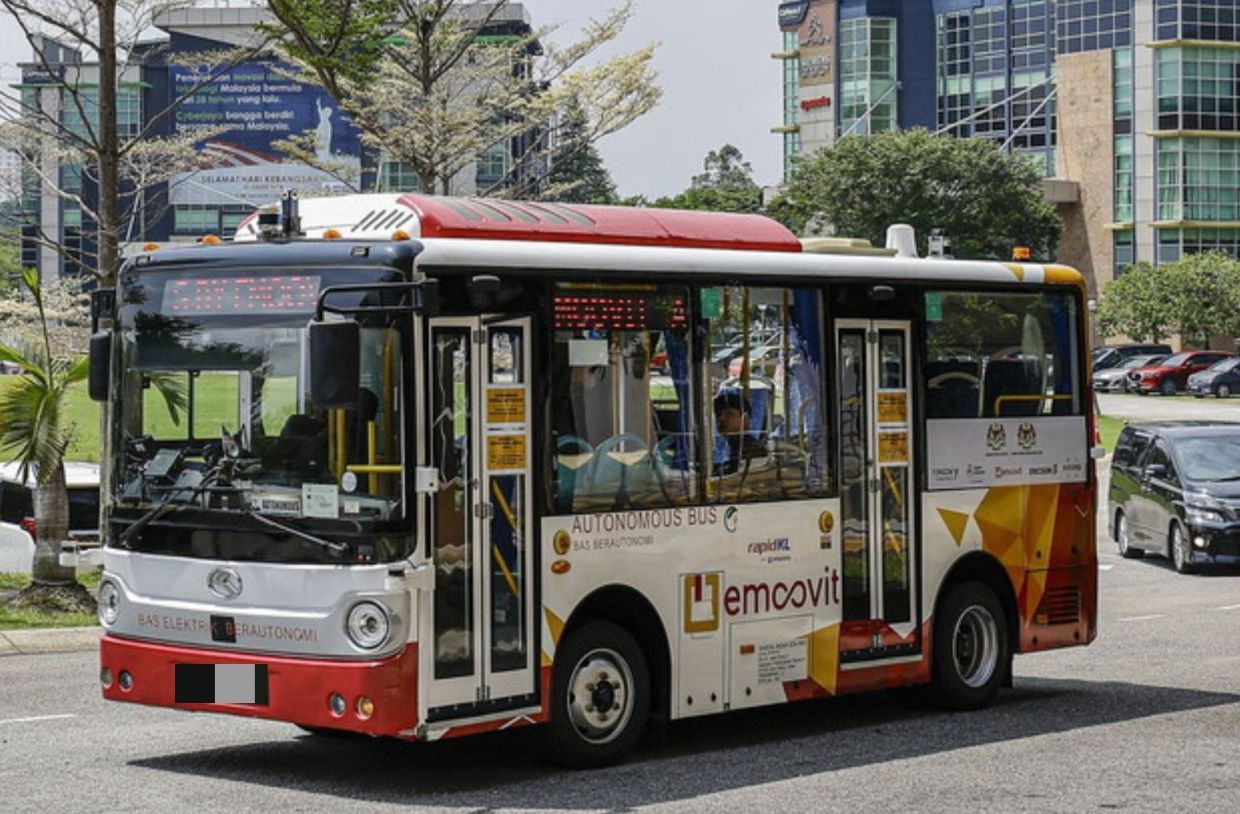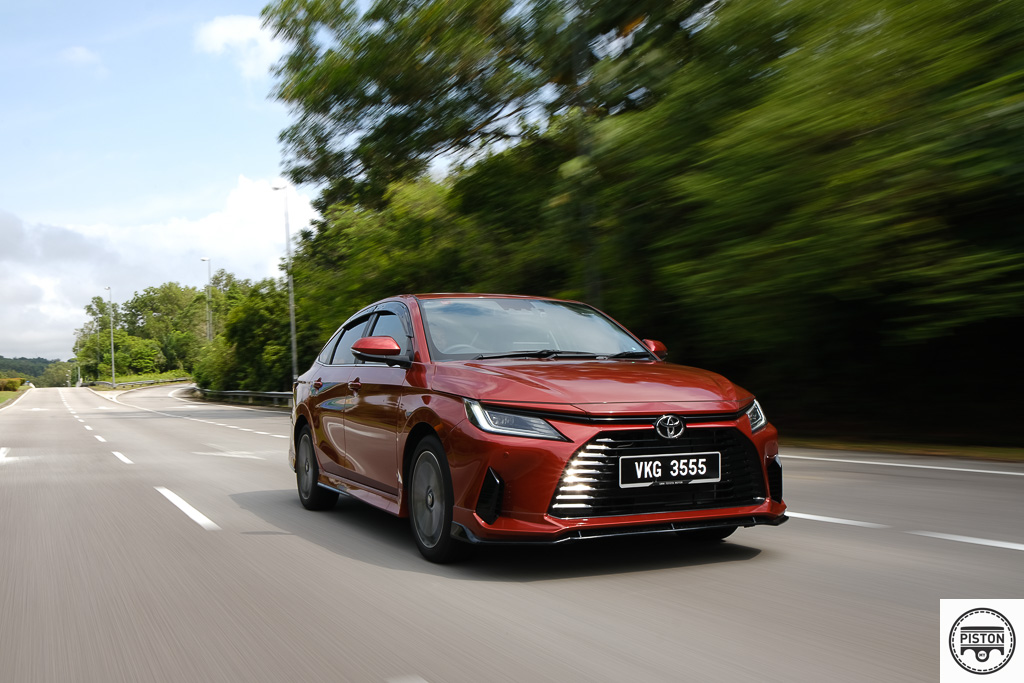Formula E was in New York City this week for Round 12 and it was also the fifth year that the all-electric single-seater series was in the city fondly known as ‘The Big Apple’. The Brooklyn Street Circuit has served as the racetrack on 8 occasions in the past and season titles have been decided by e-Prix in the shadow of Manhattan’s skyline.
This year, for Round 12 of the ABB Formula E World Championship Season 8, it was Antonio Felix da Costa who led lights-to-flag to bring home his and DS TECHEETAH’s maiden win of the season. Chasing him across the finish line was Stoffel Vandoorne (Mercedes EQ Formula E Team), eating away at the points advantage of ROKIT Venturing Racing’s Edoardo Mortara at the top of the standings.
The Portuguese driver sprinted away from Julius Baer Pole Position and fended off the attentions of contenders early on before Vandoorne applied the pressure later in the race. However, the Mercedes-EQ driver could find no way through, to challenge da Costa and beat him to the chequered flag.
Vandoorne’s second spot was more than enough for one of Formula E’s most consistent scorers to leave the city with a smile on his face – especially with Drivers’ World Championship leader Mortara managing just a point at 10th spot, after a brake-by-wire issue in qualifying had marooned him at the back of the grid.
Jaguar TCS’s Mitch Evans wound up third, holding on to a mid-race half-spin as he tried to break into the top three by Alexander Sims (Mahindra Racing). The Jaguar TCS driver hit a bump in the Turn 6 braking zone and just managed to catch a huge sideways slide to keep it out of the wall. Fortunately, he dropped only to fifth and, by the end of the race, had fought his way back to third ahead of Sims.
Evans’ team mater, Sam Bird was able to scrap to fifth position from 16th on the grid. His impressive drive reignited their Teams’ World Championship push. Envision Racing’s Robin Frijns rounded out the top six in the Audi-powered racing car, with Nyck de Vries, the other Mercedes EQ drive, in seventh.
With just 4 rounds left, Vandoorne is back at the top of the Drivers’ World Championship, now with an 11-point margin to prior leader Mortara. Evans is 5 points further back in third with Jean-Eric Vergne (DS RECHEETAH) unable to score again.
The race
With the summer sunshine a change from the rain of the day before, da Costa fired away to an advantage of almost a second over Sims and Vandoorne. The Porsche of Andre Lotterer failed to get away at all, with the pack squeezing to avoid contact and the German sliding to 11th.
Come Lap 5, the chasing pack, led by Sims, had closed in on da Costa to within half a second while Vandoorne followed the same distance back just ahead of his teammate de Vries. Dan Ticktum in the NIO 333 Racing was the big mover in the early stages, up to 11th and a gain of 6 spots by Lap 7 with some very fast laps.
Just one mandatory ATTACK MODE activation for Round 12, and Ticktum was the first to blink. The leaders waited for one another to jump first – and it was de Vries and Sette Camara who went for it on Lap 11. The top two went through the loop a lap later and Vandoorne was able to jump them both to briefly take first.
Bird was another climber in the opening third of the race. The Jaguar driver had started from 16th position and had made it as high as eighth by Lap 13, before Dennis swept after taking his 30 kW ATTACK MODE boost.
On Lap 16, an error from de Vries saw his Silver Arrow 02 sideways and the door open for Evans behind. The Kiwi took his chance and crucially sat right behind fellow title challenger Vandoorne in fifth spot. The top five sat one behind the other with leader da Costa heading Sims, Vandoorne, Evans and de Vries, all within two seconds. Frijns was the next man back after dispatching Dennis with a regulation pass up the inside at Turn 1 on Lap 21.
Vandoorne was next to spy an opportunity, catching second-placed Sims out at Turn 6 with a rapid switch to the inside of the Mahindra on Lap 23. A lap later at the same spot, Evans tried to make it back by de Vries for fourth after the Mercedes-EQ had jumped him at the hairpin last time around. Evans almost lost his car over a bump on the brakes but produced an amazing piece of car control to hold on and, more importantly, also staying fifth.
Inside the last 10 minutes plus one lap, the field started to bunch back up again – the top 10 split by just 6 seconds. On Lap 30, de Vries got caught at the same bump as Evans had a couple of laps earlier while trying to make it beyond Sims for third and slipped wide at Turn 6 to hand fourth back to the Jaguar driver.
Unbelievably, on the very next lap, de Vries hit the same spot while defending from Bird, with the sister Jaguar able to profit and pinch fifth – an astonishing climb from fifth on the grid at lights out. Heading into the final couple of minutes, da Costa still had control and was eager to capture a first win of Season 8. Vandoorne couldn’t make FANBOOST count but behind Evans was able to dispatch Sims with a smart move at Turn 6 – after which his team said energy would now need conserving. Two positions gained after that big save.
With two laps to go, di Grassi got turned around at Turn 7 causing a bit of a traffic jam. In that mix, Vergne fell from the points to 19th position, which could prove costly in the championship battle. One point, minimum, slipping through his fingers.
From there, da Costa was able to bring it home for a first win for the Portuguese and DS TECHEETAH this season. Vandoorne followed for a strong haul and Jaguar’s third and fifth-placed finish, with Evans winding up third and Bird fifth had the British team’s mechanics jumping for joy.
After New York City, the series goes back across the Atlantic Ocean to London for another two rounds at the end of the month. The season-closing rounds will be held in Seoul, Korea, on August 15 and 16.
Porsche Taycan plays important role in Formula E as Official Safety Car





